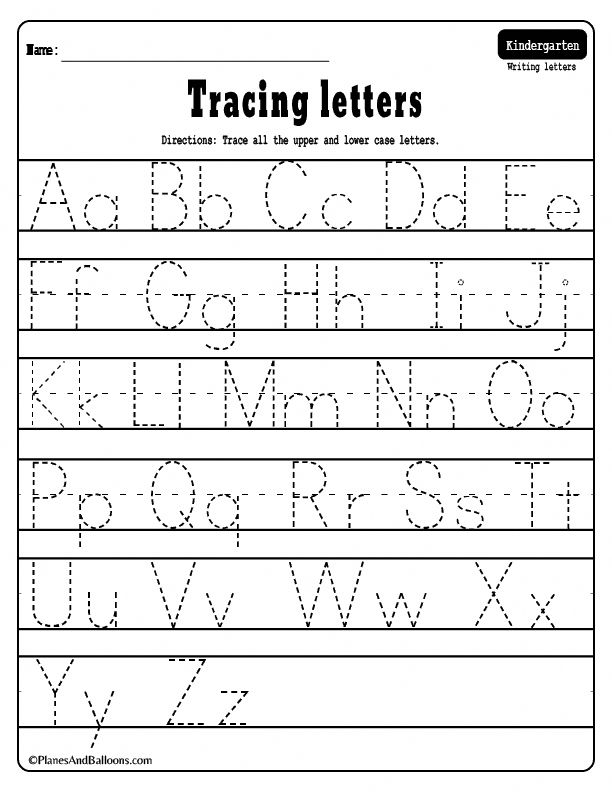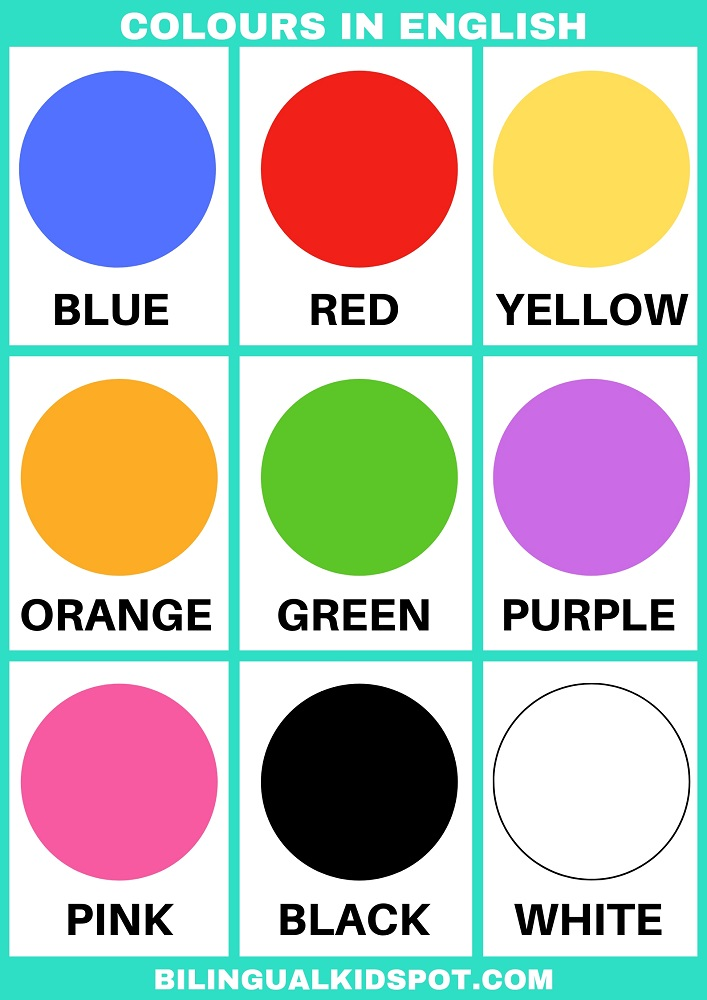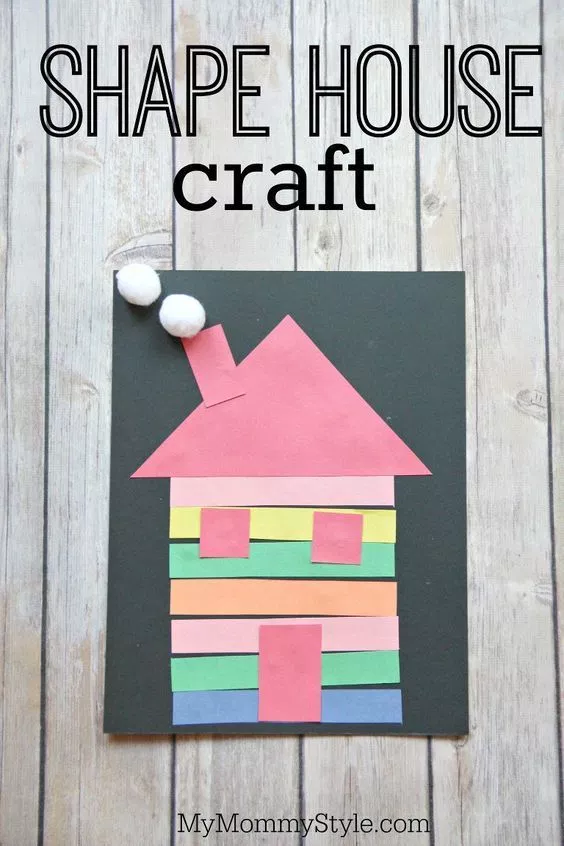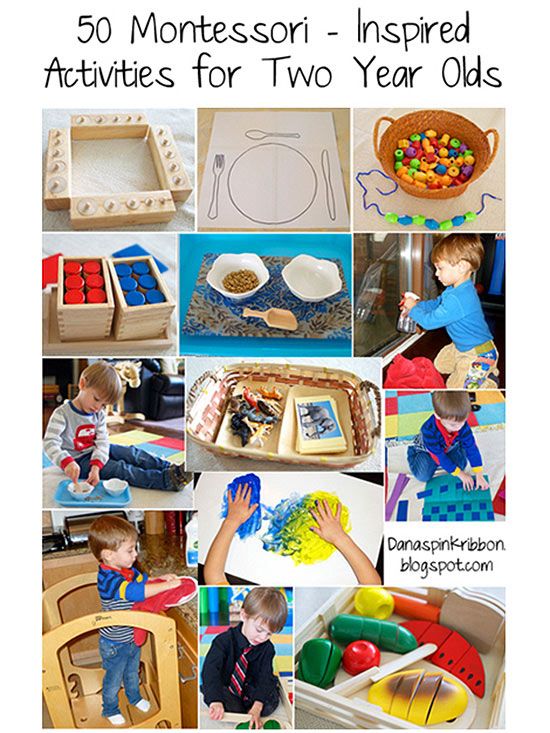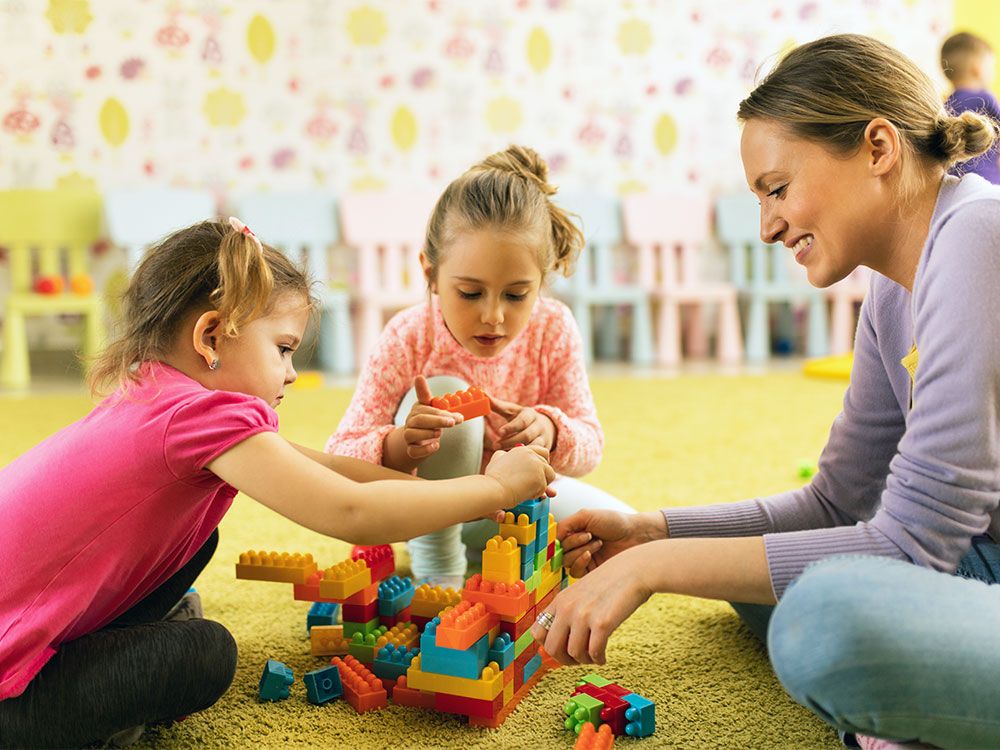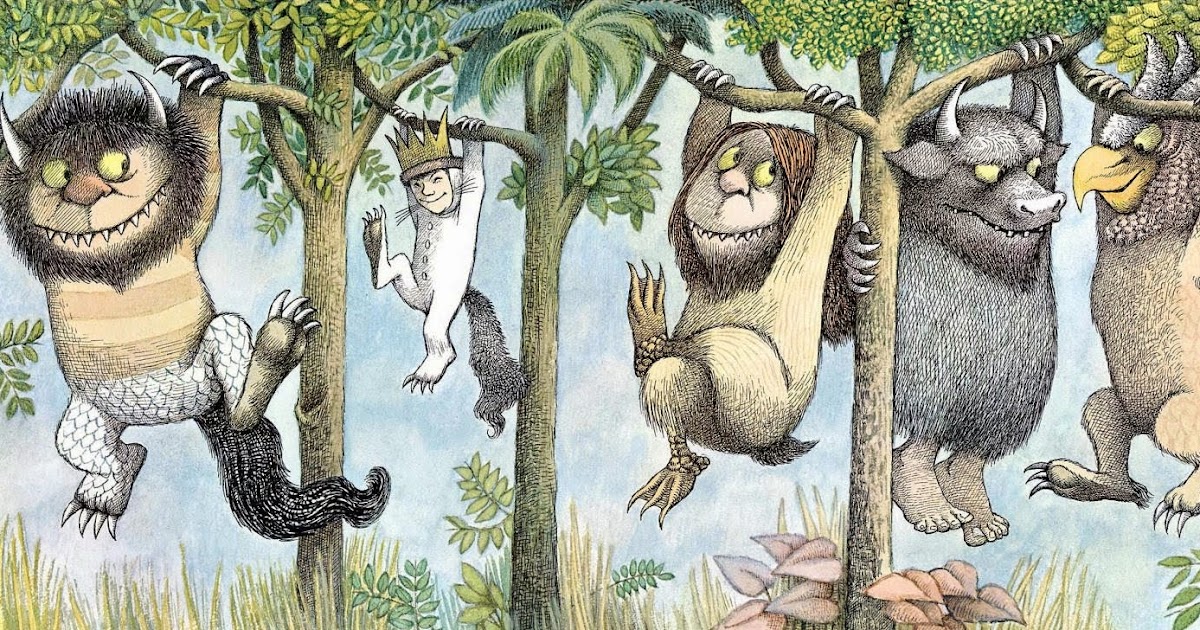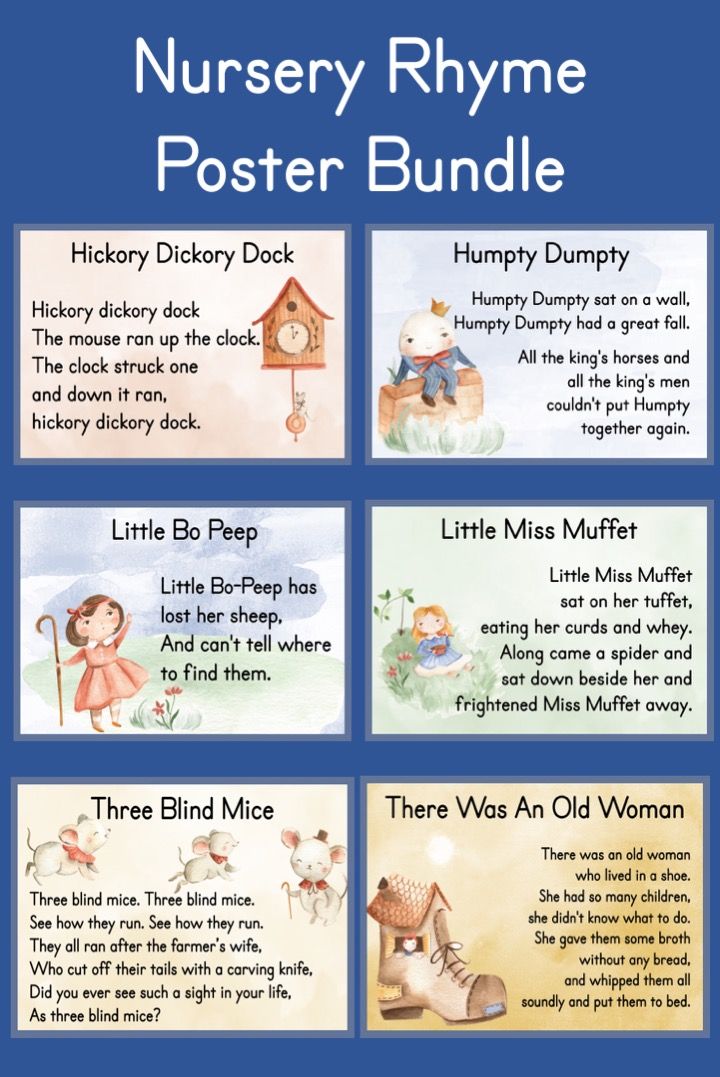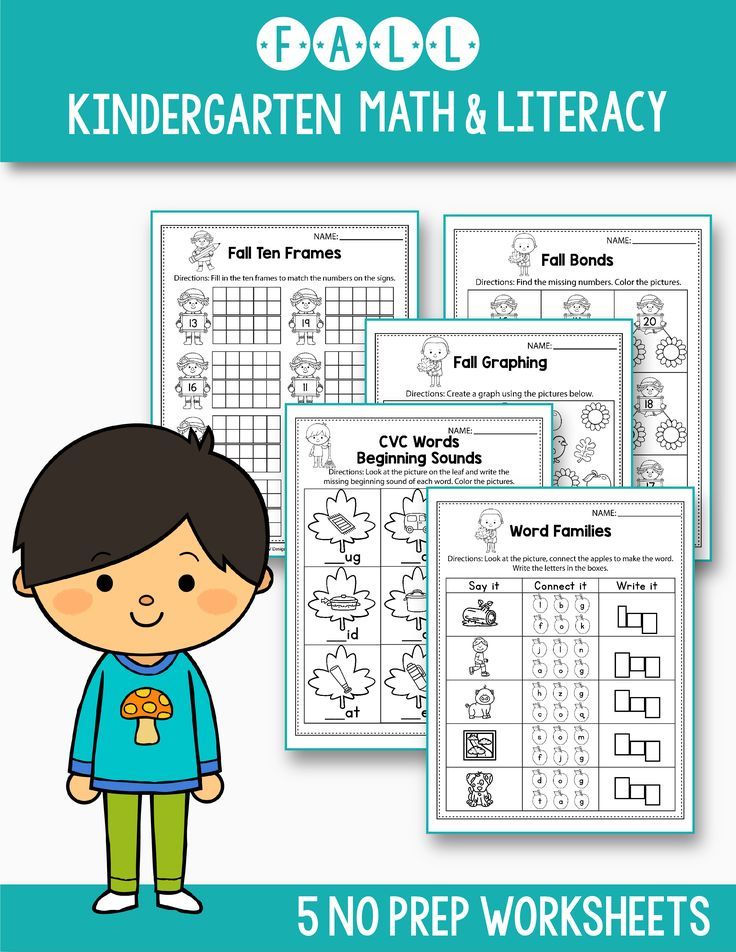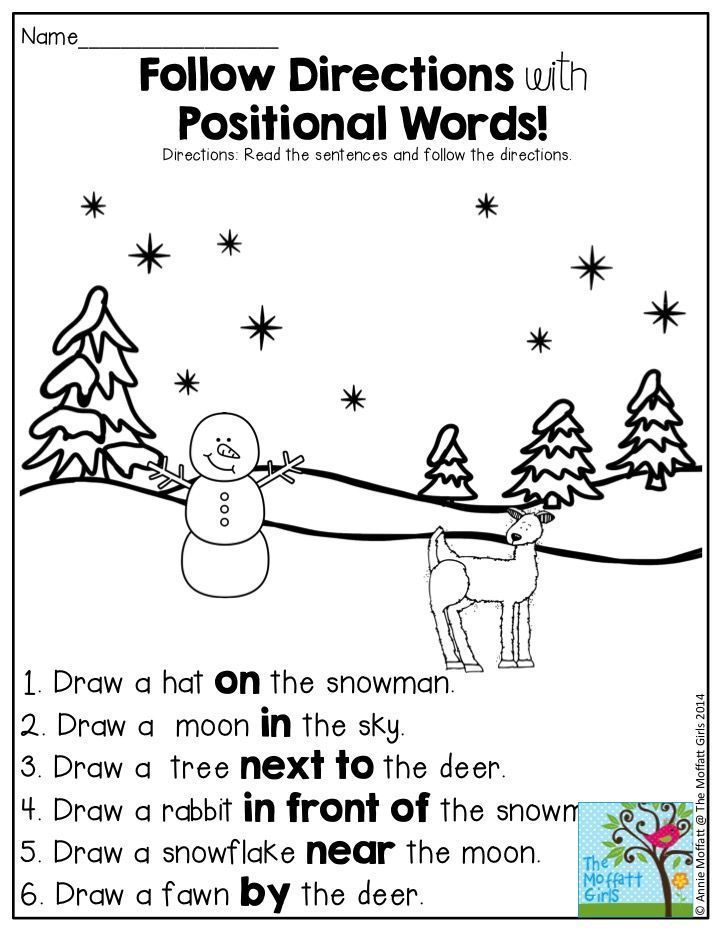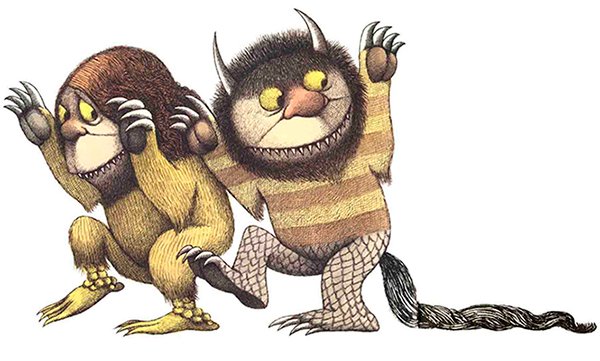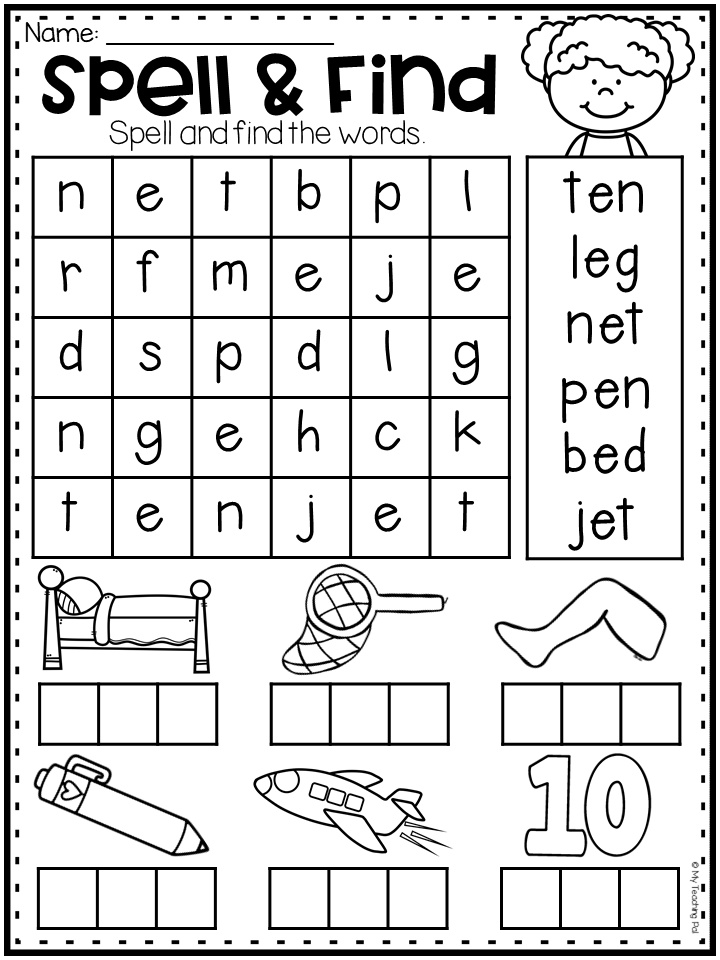Teaching the letter a to toddlers
5 Easy ways to teach the alphabet to preschoolers | Daycare Blog
Teaching children the alphabet is foundational to learning how to read. Before children can put together sounds or draw together lines that make words, they need to know what they are. If you’ve never taught the alphabet before, the concept may sound abstract: how do you teach something that comes so naturally to you? Teaching letters can be really fun and simple. In this article, we’ll give you easy ways to teach the alphabet to preschoolers.
1) Sing alphabet songs
Obviously, we all know the English-language, “A-B-C-D, E-F-G,” song. That’s a great place to start. However, there are more alphabet songs, which can add variety to your tunes, and help kids learn the alphabet in different ways.
This article lists a whole bunch of alphabet songs to try. And, if you saw our article on YouTube channels for toddlers and preschoolers, you can find letter-related songs there too. The visuals in videos can show objects that start with each letter, and sometimes the songs also pronounce sounds too.
One important note brought up by this early childhood educator, is that kids should go from singing the song, to being able to say and point out the letters without a tune. So don’t stop at singing!
2) Play letter matching games
Letter matching games are easy to set up. You can have a poster board with the alphabet printed on it in large letters. Have separate letter magnets or paper letters cut out at the same size as the print letters. Ask the preschoolers to match their cut outs to the letters on the chart. Where does “A” go? Place the letter “A” cut out on top of the printed “A” on the poster board. Get them to practice doing this with all the other letters.
As the early childhood educator mentioned above noted, you can also have an alphabet ‘arc,’ where one end of a half-circle shows the letter “A”, and the other end the letter “Z”. In between you can have other letters in the alphabet shown, but not all of them. Ask the preschoolers to put down their block letters in the right sequence, using the pre-filled in letters as clues.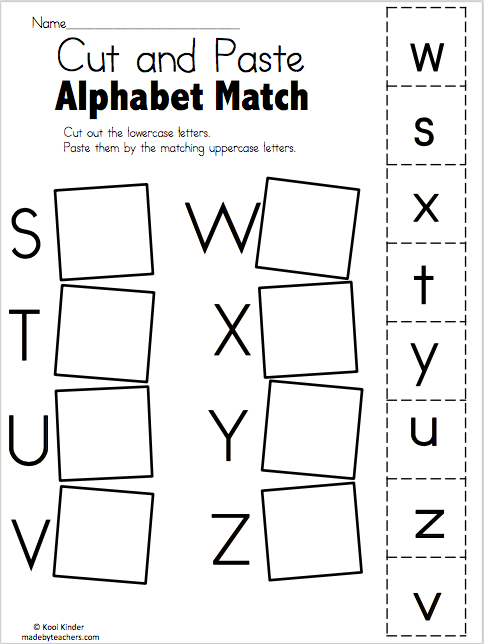
3) Open a new ‘alphabet box’ each week
You may have seen us post on Facebook that a certain week is brought to you by a letter we’re covering. It may be “C,” and you’ll see photos of us painting the letter C at daycare, or learning about animals that start with the letter “C.” Weekly letter themes are common in preschools.
You can take your weekly letter curriculum a step further by creating a box that children can open to discover objects that relate to that letter.
For example, on the week covering the letter “A,” your preschoolers can open (or even unlock) a box that contains an apple, a toy airplane, a toy alligator, an acorn, an arrow (a safe one!), and so on. In fact, don’t tell the children right away what letter the box of ‘treasures’ represents. Ask them if they can guess the letter they’ll cover that week by observing the objects in the box alone. This can be a fun and whimsical way to have your children get excited about the week ahead, and work together to come up with an answer.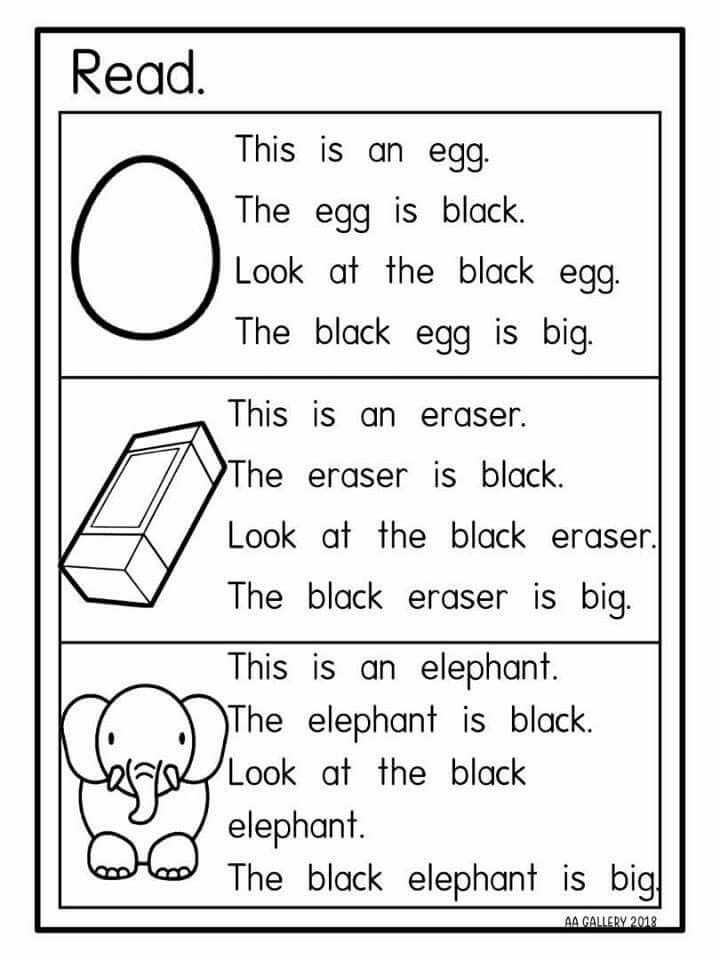
3) Use interdisciplinary learning with each letter, to strengthen letter associations
Since repeating a letter over and over again can get boring, you can mix it up a little by bringing in related lessons. You can start with a week’s letter as your core subject. Then, throughout the day, teach interdisciplinary subjects that still relate.
For example, if you are on the letter “R,” you can learn about the colour “red” too, since it starts with “R.” Ask the children, ‘what things are red?’ If you are on the letter “A,” you can learn about apples. We’ve done this before, where we teach children about the types of apples there are, as well as explain that seeds are inside an apple, and so on.
This blogger lists a whole bunch of crafts you can you incorporate into your letter learning. For example, you can make holes with a hole punch for the letter “H.” This can then lead into learning about the circle shape. You get the idea…
4) If you use flashcards to teach the alphabet, use logical ones
Flashcards are a great memorization tool, and the alphabet is all about memorizing.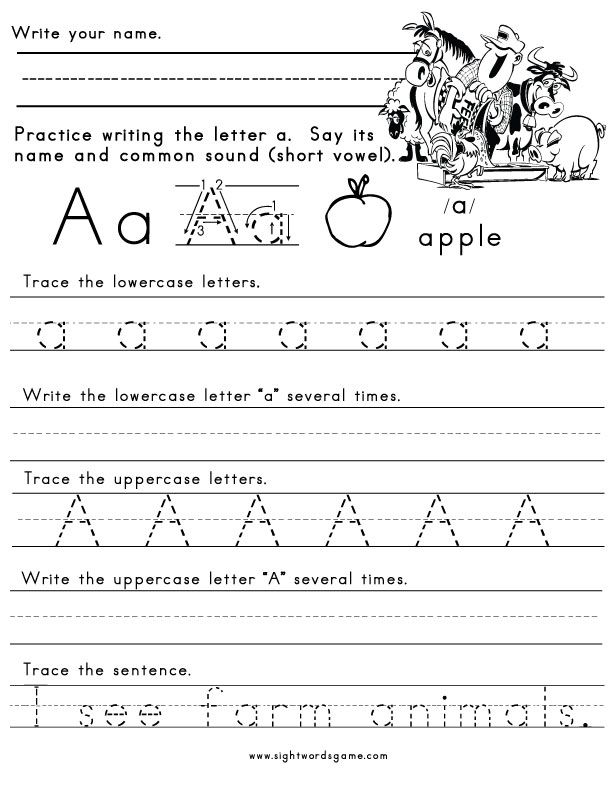 However, this teacher warns that sometimes, pre-made flashcards can get really confusing. If you are teaching the letter “D” and there is an image of something that simply uses the sound of “D” somewhere in the word, but doesn’t start with “D”… well you can quickly see how even adults would be confused by that.
However, this teacher warns that sometimes, pre-made flashcards can get really confusing. If you are teaching the letter “D” and there is an image of something that simply uses the sound of “D” somewhere in the word, but doesn’t start with “D”… well you can quickly see how even adults would be confused by that.
Remember, at this stage, you’re not teaching phonetics or complex vocabulary and pronunciation. First, children need to recognize and know the alphabet. Use the simplest flash cards, with the simplest pictures of the objects and animals that preschoolers can recognize.
That said, sometimes you want to use lowercase and uppercase letters in your flashcards…and yes, that can be confusing for the very young learners, especially when the upper and lowercase look so different, but are called the same thing. But if you’re using a set of magnets, for example, you can just use their uppercase versions, that’s ok (they may only come in that form). For very early learners, you can start really basic.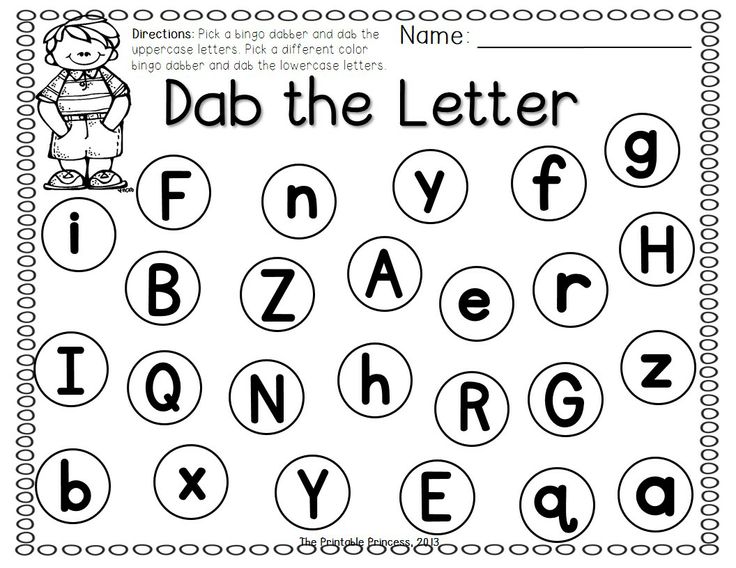 Just don’t forget to start showing them the lowercase and uppercase letters together at some point in their alphabet learning journey.
Just don’t forget to start showing them the lowercase and uppercase letters together at some point in their alphabet learning journey.
5) Eat foods shaped like letters to help preschoolers learn their alphabet
Speaking of interdisciplinary alphabet learning, why not do a baking session with the kids at preschool? They can use letter-shaped cookie cutters to make a fun and yummy snack. Meanwhile, there is a host of lessons you can teach with the baking activity. Chemistry, cooking, nutrition…the list goes on.
If you want the easy route, try commercially-sold letter-shaped biscuits. IKEA has a version of these. Ask your toddler or preschooler to name the alphabet letter they’re about to eat. Eating it can be the reward for getting it right!
And of course, there is alphabet soup, or noodles shaped like letters. You can make mealtime fun, and educational, with these edible alphabet manipulatives.
So there you have it, 5 easy ways to teach the alphabet to preschoolers.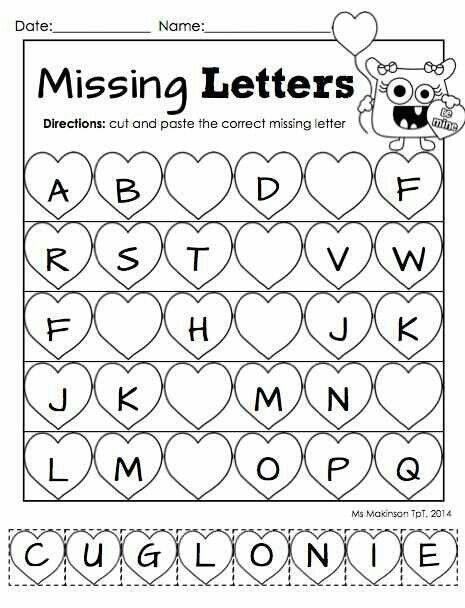 They may even be fun for you, too! It is super cute to hear little ones pronounce letters, and guess what object goes with each letter. When your preschoolers are learning the alphabet, be sure to take every teachable opportunity you can to encourage them to recognize letters in the world around them. If you’re on a field trip, ask the children if they can spot their letter-of-the-week on a street or building sign. If you’re reading a book, see if they can spot the letters you’re reading to them. Keep pushing letter recognition throughout the day, so the lessons can really sink into their memory.
They may even be fun for you, too! It is super cute to hear little ones pronounce letters, and guess what object goes with each letter. When your preschoolers are learning the alphabet, be sure to take every teachable opportunity you can to encourage them to recognize letters in the world around them. If you’re on a field trip, ask the children if they can spot their letter-of-the-week on a street or building sign. If you’re reading a book, see if they can spot the letters you’re reading to them. Keep pushing letter recognition throughout the day, so the lessons can really sink into their memory.
See more on our blog:
- How to teach digraphs to preschool children (6 ways)
- What is the best way to teach word recognition to early childhood readers?
- Why is literacy crucial in the early years? How can parents and preschools help with reading skills?
- How to teach toddlers and preschoolers to count, and learn their numbers
- Ideas for teaching shapes in preschool and daycare
How To Teach Toddlers The Alphabet (9 Effective Ways)
Teaching the alphabet is one of the first things that you will teach your child!
It’s essential to know the alphabet, so toddlers/preschoolers can start recognizing letters and learning phonetics.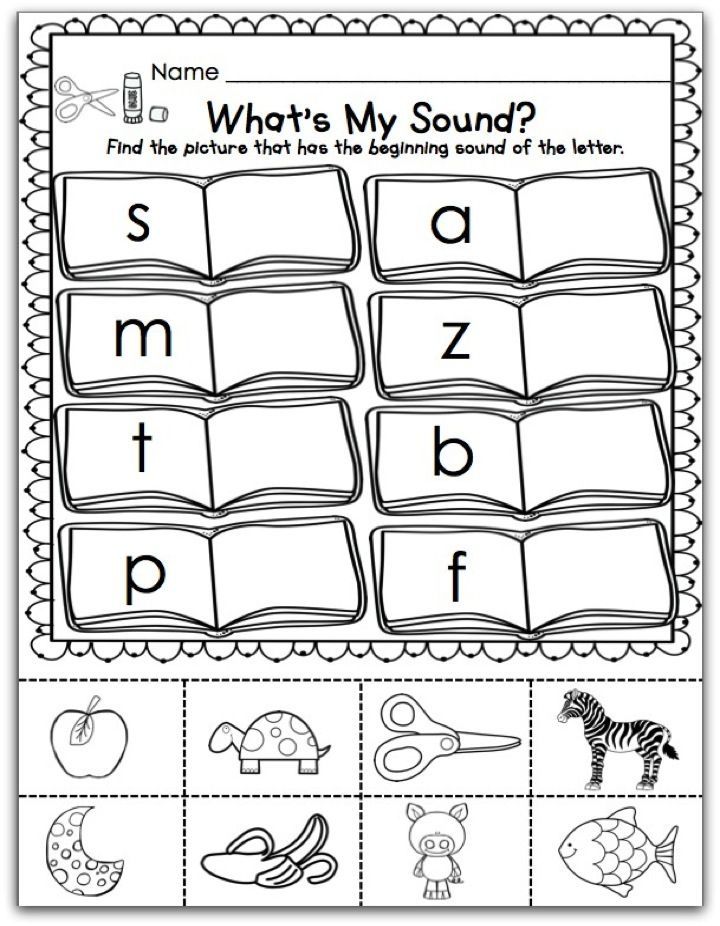
But teaching your kids the alphabet can be incredibly frustrating!
Trust me; I know first hand how challenging it can be! But I promise if you stick with it and work with your toddler every day, you will see progress! Below you will see a video of my son working on his skills!
Today, I’m sharing 9 ways to help teach the alphabet to your toddler!
#1. Play With Alphabet Toys
Did you know that there are FOUR ways that people learn? (Visual, auditory, reading/writing, and kinesthetic)
When children are exposed to alphabet toys like puzzles, magnetic letters, or foam letters, it is an excellent opportunity to begin teaching them.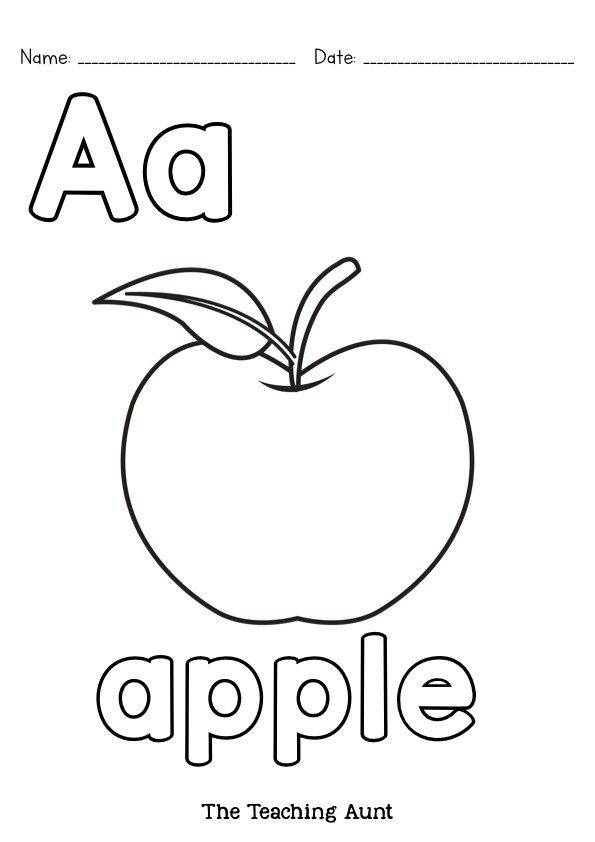
Children can look at the letters, hear you say the name of the letter, and physically touch them, which almost hits all of the ways that we learn best (reading and writing will come at a later date for these kiddos).
I have used a variety of different alphabet toys with my kids to help them learn their letters at such a young age.
Here are FIVE alphabet toys that I recommend.
A. Melissa and Doug See-Inside Alphabet Puzzle
I can honestly say that my son learned his ABC’s with this puzzle!
At the time this short video was taken, he was 16 months old. Below you will find a video of how you can play with this toy to help your toddler learn!
Check Price - Amazon
B.
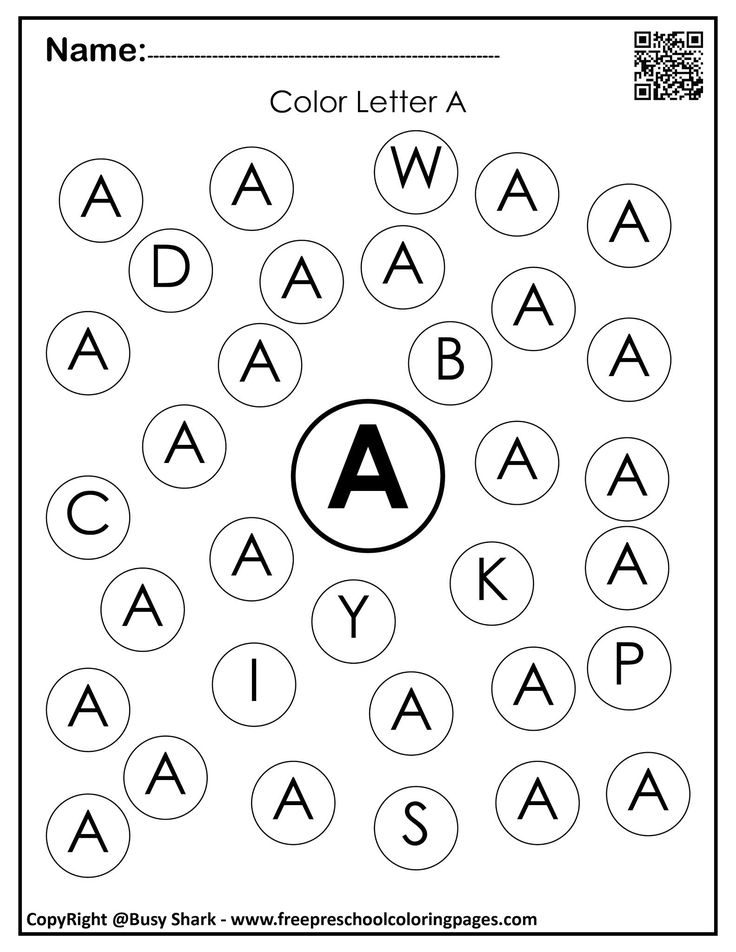 Melissa and Doug Alphabet Sound Puzzle
Melissa and Doug Alphabet Sound Puzzle
Do you have time to sit and play with your toddler all day?
Most likely, the answer is no, we all wish we could, but dishes need washing and laundry needs folded. This puzzle is fantastic because not only does it have the letters but it also makes the phonetic sound for each of the letters!
Check Price - Amazon
They can still be learning even when you are not right next to them!
It’s suitable for toddlers and preschoolers so they can start connecting the sounds that each letter makes.
C. Sesame Street Elmo’s On the Go Letters
Who doesn’t love Elmo?
Check Price - Amazon
This alphabet toy has the letters that children can manipulate and also includes some of their favorite Sesame Street characters inside once they lift the letter!
*TIP* It is a little harder for younger ones to try to get the letters in and out, so you may need to be there to help them with this toy until they can pull them out themselves.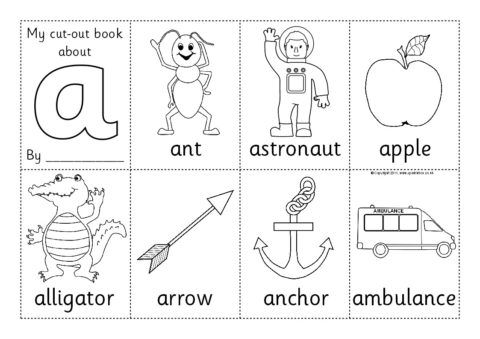
D. LeapFrog Fridge Phonics Magnetic Letter Set
My husband collects magnets from everywhere we travel, and our kids can’t get enough of pulling them off of the refrigerator!
That’s why I knew this toy was going to be a hit for both my kids!
These magnets can stick to the refrigerator, which is fun and engaging for toddlers. It comes with a magnetic bus that kids can press the letter into, and it tells them what letter it is and the sound it makes.
It also says words that begin with each letter and uses the word in a sentence, which is great for preschoolers or kindergartners, which makes this toy worthwhile since it can be used for a couple of years!
Check Price - Amazon
E. Leapfrog My Own LeapTop
My FAVORITE on the go toy! I had to get two because both my kids wanted their own.
I keep both of them in the car because it’s a fun toy for them to play with for a few minutes while we are in the car, and they get to be learning at the same time!
There are four functions on the computer for kids to interact with (letters, messages, animal games, and music).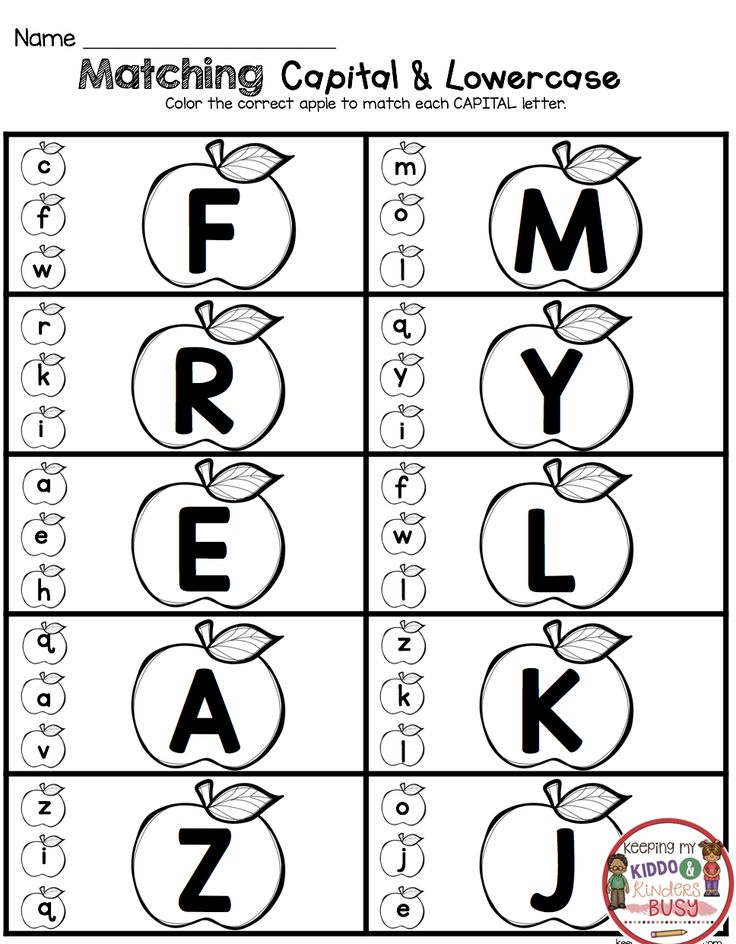 You can also personalize the computer by adding your child’s name in it!
You can also personalize the computer by adding your child’s name in it!
Check Price - Amazon
#2. Repetition is Key!
Remember that time when you told your toddler something once, and they remembered it correctly, and you never had to say it to them again?
Yeah, me neither.
When you are trying to teach anyone something new, especially toddlers, repeating the information is crucial. Even though my son knows the alphabet, I still spend at least 10 minutes a day going over it with him, so he remembers the information.
It is engaging for your kids also to present the alphabet in different ways, so they don’t get bored with the same toy, which I will explain in the next section.
#3. Alphabet Learning Activities
There are so many creative and fun ways to help a child learn the alphabet!
Does your child love blocks? Try writing the letters of the alphabet on the Mega Bloks to get them interested in learning them.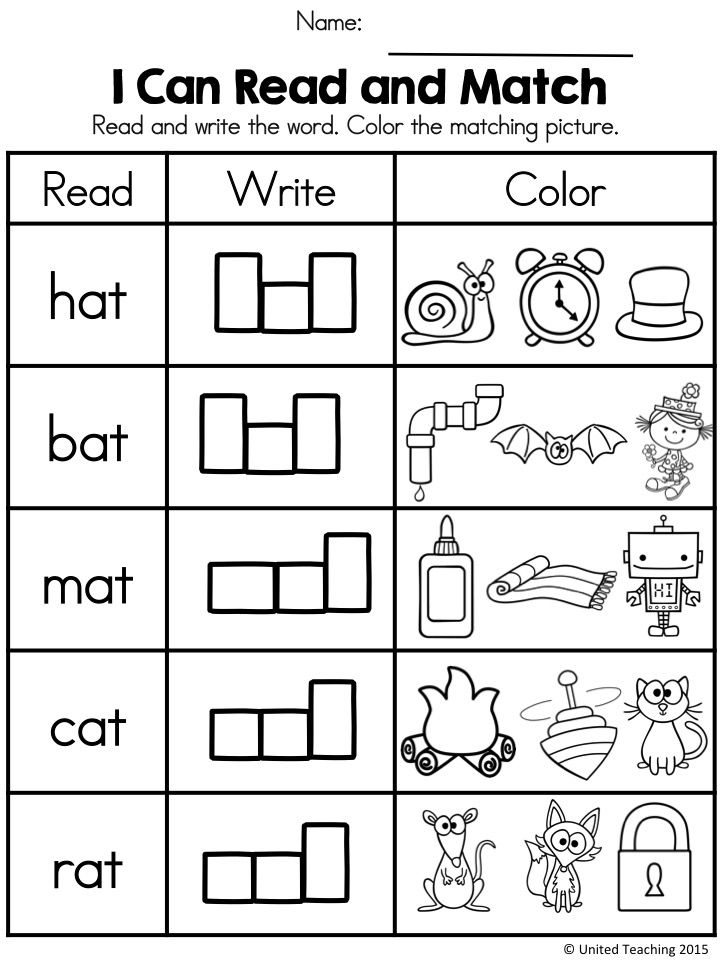 Use a dry-erase marker, and it comes right off with a baby wipe!
Use a dry-erase marker, and it comes right off with a baby wipe!
Does the child enjoy painting? Paint letters on a piece of paper and ask the child which letter is which.
Does the child like to play in the bathtub? Get foam letters that are made to go in the tub and review the letters when it’s bath time!
No matter what the child enjoys, you can use their interests as an opportunity to help them learn.
I have an article that lists 21 PERFECT Alphabet Activities For Preschoolers, check out this article to learn about more activities that you can do!
In the meantime, here are THREE easy activities you can use today!
A. Post-It Letter Activity
I think it’s easiest to do activities with supplies that you already have at home!
Write down an upper/lower case letter on each post-it note.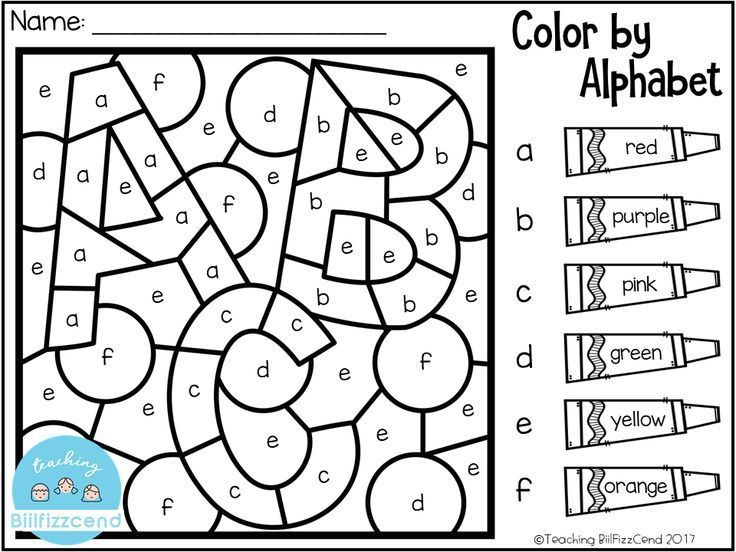 Mix up the letters and ask your child to find a letter. Or, if they are really excited about pulling the post-it notes off the wall, when they pull them off, ask them what letter they have in their hands!
Mix up the letters and ask your child to find a letter. Or, if they are really excited about pulling the post-it notes off the wall, when they pull them off, ask them what letter they have in their hands!
B.Do-A-Dot Painters
Who doesn’t love paint that doesn’t cause a mess?
Do-A-Dot Painters are so much fun, and the clean-up is so much easier than traditional painting.
All you need to do this activity is Do-A-Dot Painters and my FREE Do-A-Dot Letters
How to help your kids learn with this activity:
1. For early learners, identify the letter to them. Have them try to look around the worksheet to see if they can see at least one or two matches to the letter you are working on. If they are struggling to use the Do-A-Dot painter on their own, try to help them by having them hold your hand while you both do it!
2. Older children should try to do this activity on their own.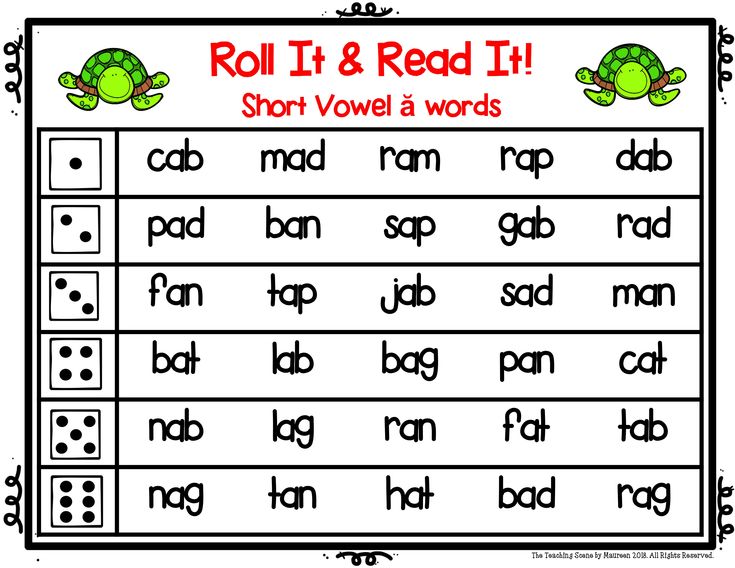 Ask them what letter it is that you are focusing on and have them try to use the Do-A-Dot painters on their own to see how many they can match correctly.
Ask them what letter it is that you are focusing on and have them try to use the Do-A-Dot painters on their own to see how many they can match correctly.
View Amazons Price
C. Sand Letter Search
This activity was a hit! Both kids continued to do this activity for a half-hour after they found the first round of letters!
You need kinetic sand and magnetic letters to do this activity.
- The link for magnetic letters above has uppercase, lowercase, and numbers in the container, which I thought was the best deal because you could do this activity for each of these.
Ask your kids to search through the container of sand to find letters. They will love it because the sand feels SO cool! Once they find a letter, they can find it on the below worksheet that I created for you.
*CLICK HERE TO GET YOUR FREE UPPER CASE LETTER SEARCH WORKSHEET!*
#4.
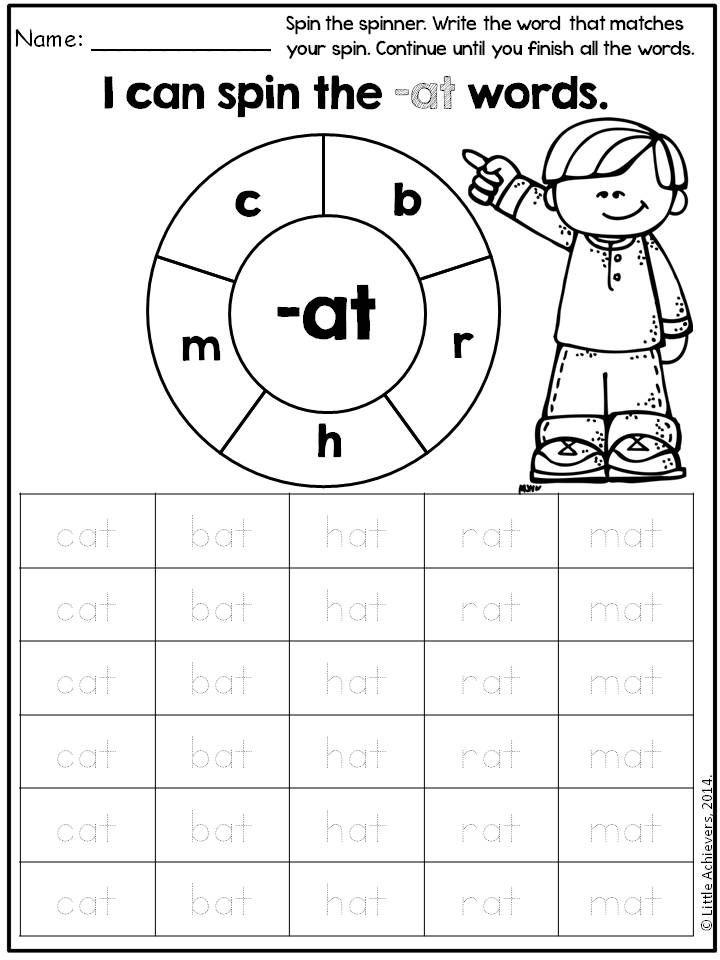 Begin With Uppercase Letters
Begin With Uppercase Letters
I have noticed that almost all alphabet toys, learning videos, and books use uppercase letters.
Because of this, starting with uppercase letters is the best way to teach your child the alphabet!
Make sure before moving onto lower case letters that your child knows each uppercase letter. I promise it’ll make it easier for them to learn!
We have these uppercase and lowercase learning locks that are so much fun to play with and work on fine motor skills!
Check Price - Amazon
It can be confusing for kids to hear that a lowercase letter is the same as an uppercase letter, especially if they look nothing alike. It’s essential to help them with this activity, so you can explain that they are the same letter!
#5. Read Letter Books
Each night, we have a routine to at least read 2-3 books with our kids before bedtime.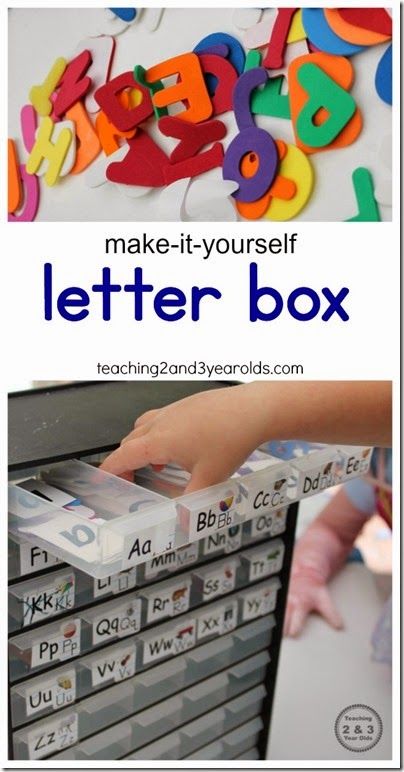
Reading is crucial to a child’s development.
I don’t know about you, but I feel like each time I am at the pediatrician, they always ask me if I am reading to my kids. That shows me it’s pretty important!
There are SO MANY books to choose from out there that focus on the alphabet and letter recognition. It’s challenging to make a choice!
But here is a list of my kid’s favorites.
A. My Best Ever: ABC Alphabet Book
B. Chicka Chicka Boom Boom
C. LMNO Peas
D. Sesame Street: Elmo’s Word Book
- This book is my favorite! It has flaps that kids can pick up to see pictures underneath, so it’s interactive, which makes it more memorable for them.
#6. Watch Educational Videos
Yes, I know you think I’m crazy for recommending screentime for toddlers!
We try to limit the amount of screen time that we have at our house.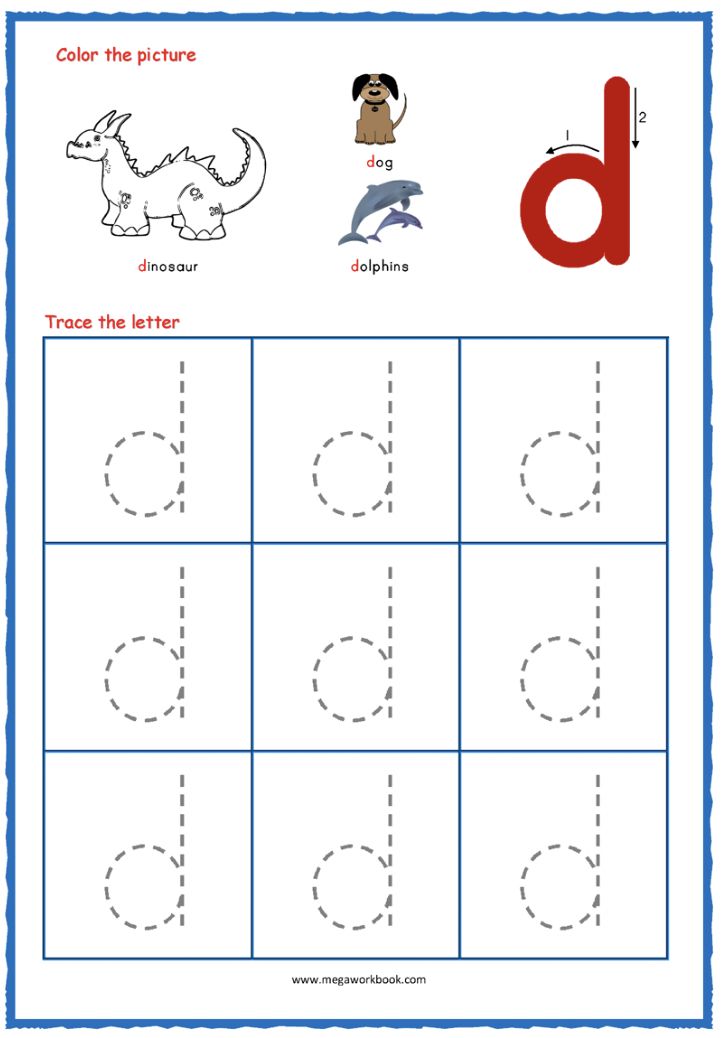
But there are times when I have to change the laundry or clean up the giant mess created in the kitchen from painting. Utilizing an educational video for these times can be extremely helpful, and I don’t feel that guilty.
The current favorites at our house are Super Simple Songs, Bob the Train, or Little Baby Bum. These songs/shows are catchy, and they help aid in the learning process.
I’m not saying I allow my kids to watch hours of TV each day, but I do let them watch some.
#7. Focus On A Few Letters
Wow, I messed this step up when I was first teaching my kids the alphabet!
I started out showing them all the letters of the alphabet and trying to tell them all the letters at one time.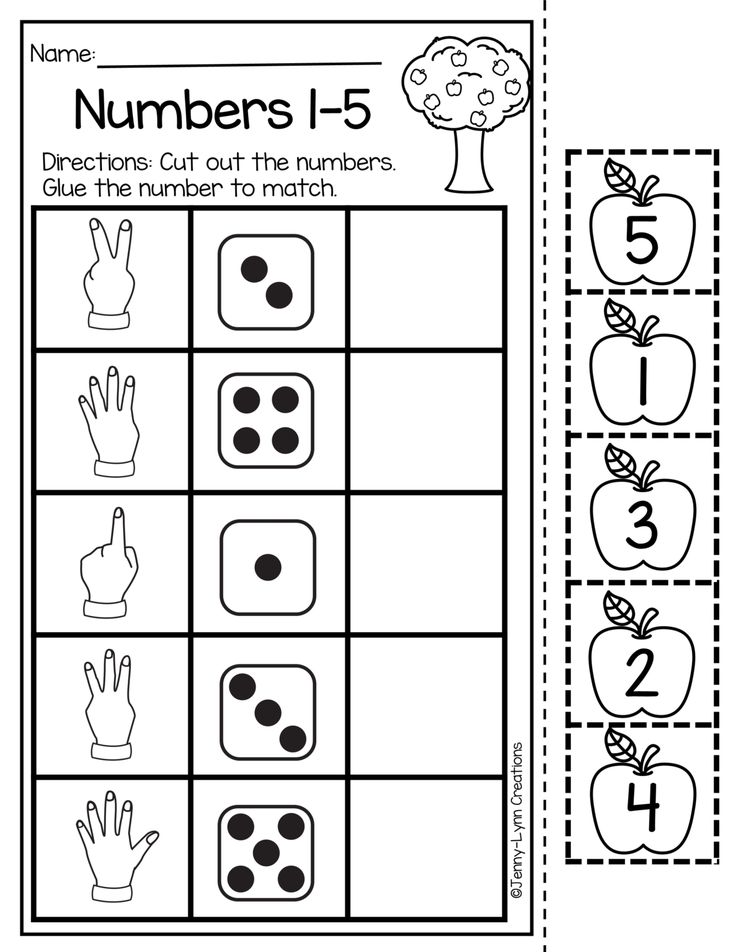 I was wrong!
I was wrong!
After realizing they weren’t picking up what I was trying to teach them, I tried focusing on only 2-3 letters a day.
This way, it wasn’t so overwhelming.
If you use one of the alphabet toys that I mentioned above or you have your own that works for you, start by showing them A, B, and C.
For a few days, go over just those letters then add two more to that list. Always go over the letters you began with as well to keep that repetition going!
#8. Don’t Overdo It
Have you ever tried to sit down and teach your toddler something, and all they want to do is play with other toys?
This happens to all of us! Toddlers don’t have a very long attention span. There are times throughout the day that are better than others to try to teach them.
There will be times I attempt to work with both my son and daughter, and I can tell they are not interested whatsoever.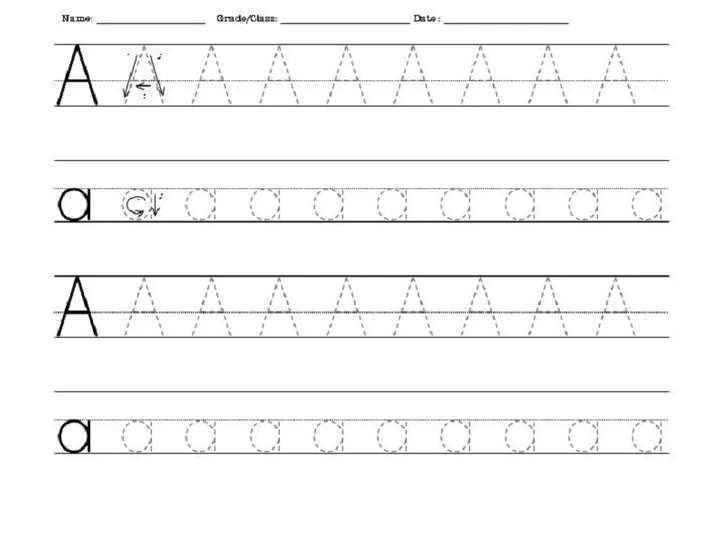
If you make them learn when they are not ready, they will not be eager to do it the next time. It’s better to wait until your kids are prepared to concentrate for a few minutes so you can get the most out of that time.
#9. Don’t Compare Your Child To Others.
Do you have friends on social media that brag about how their children are geniuses?
So many parents use social media as a place where they can brag how well their kids are doing at school and how smart they are!
It’s easy to compare what your child is doing with other children their age.
Every child has a unique learning process, and they will learn the information when they are ready!
There is no need to get frustrated or worried that the child is behind if they don’t know their alphabet at 16 months.
Take your time when you are teaching your child and stay positive with them! If you show them that you are frustrated, they will see your frustration and maybe not be as interested in learning.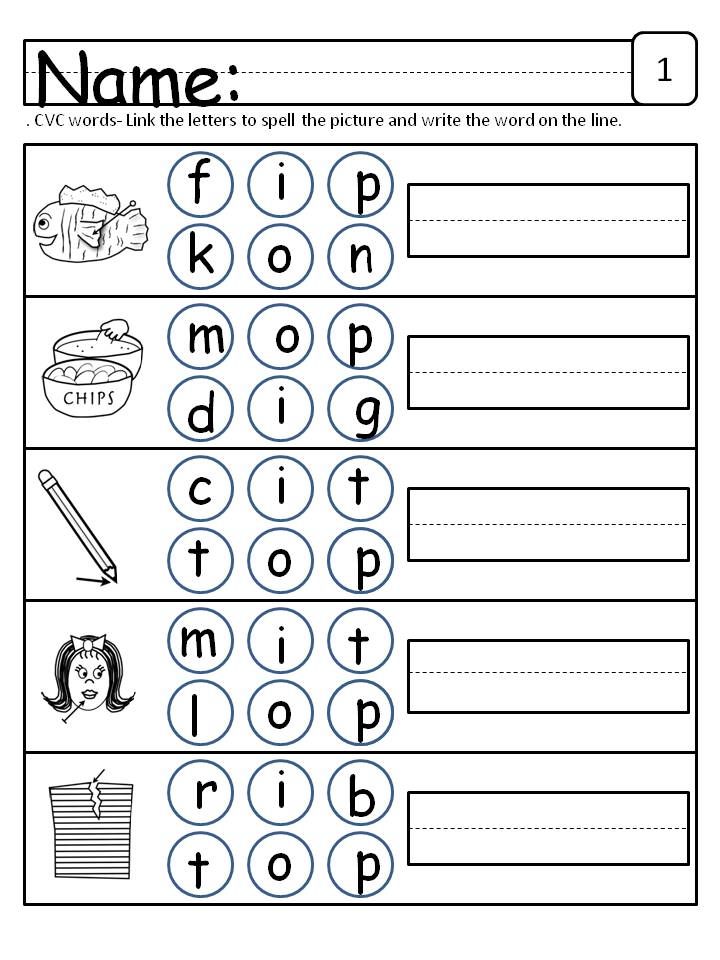
Final Thoughts and Conclusion
My most important tips for teaching the alphabet are repetition and don’t get frustrated! If you follow these 9 ways to teach your child the alphabet, you are off to a great start on your child’s education!
I would love to help you on your journey to teaching your child the alphabet!
If you have any great ideas that you would like to share that helped you teach the letters of the alphabet to your child, please share them with us!
Literacy "Sound [a] and letter A"
In our first online literacy lesson, we will go to the land of sounds and letters, where anyone who wants to can learn to read and write.
There are many different sounds in the world: the sound of rain, the sound of a woodpecker on a tree, the rustle of leaves, the sound of the sea, the signal of a car, the barking of a dog, the speech of a person.
All sounds can be divided into speech and non-speech .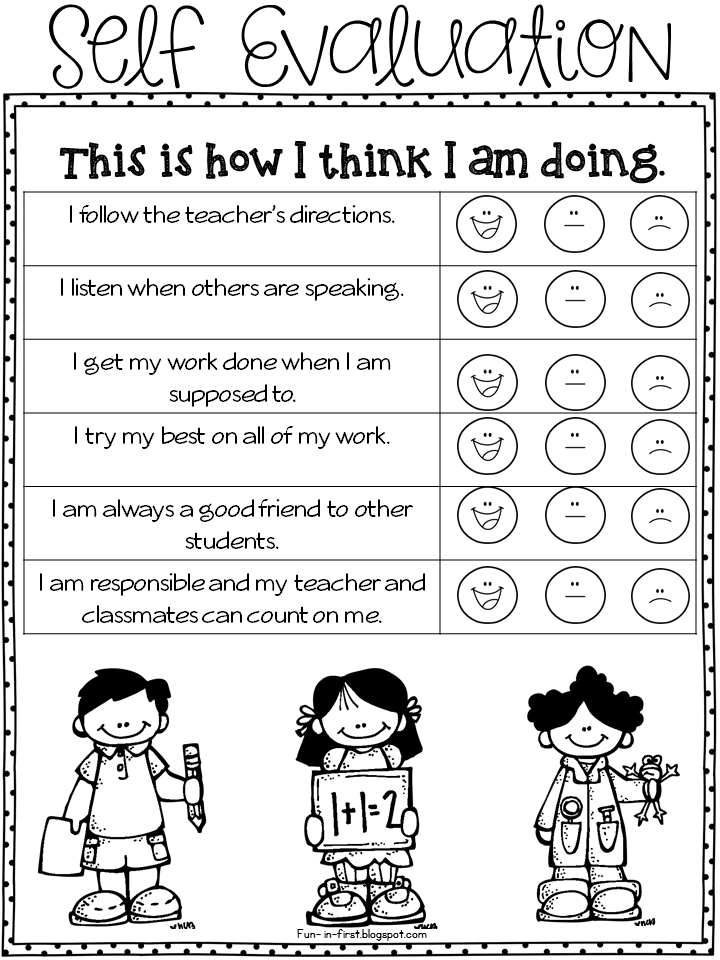 Non-speech sounds include the sounds of the surrounding world, and the sounds that we hear when a person speaks are called speech sounds. The first sound we will be introduced to is the sound [a] ...
Non-speech sounds include the sounds of the surrounding world, and the sounds that we hear when a person speaks are called speech sounds. The first sound we will be introduced to is the sound [a] ...
Name what is shown in the picture. Find the same sound in words:
Right, watermelon, stork, aquarium, orange. All these words have the first sound [a].
Let's all take a deep breath through the nose together, and while exhaling let's say the sound [a] with our mouth wide open, first quietly, ahh…, then loudly, ahh…. Repeat 2 times.
What sound is this? Vowel or consonant? Prove…
1.
- Name the words in which the sound [a] would be at the beginning ....
- Name the words in which the sound [a] would be in the middle ....
- in which the sound [a] would be at the end of the word .
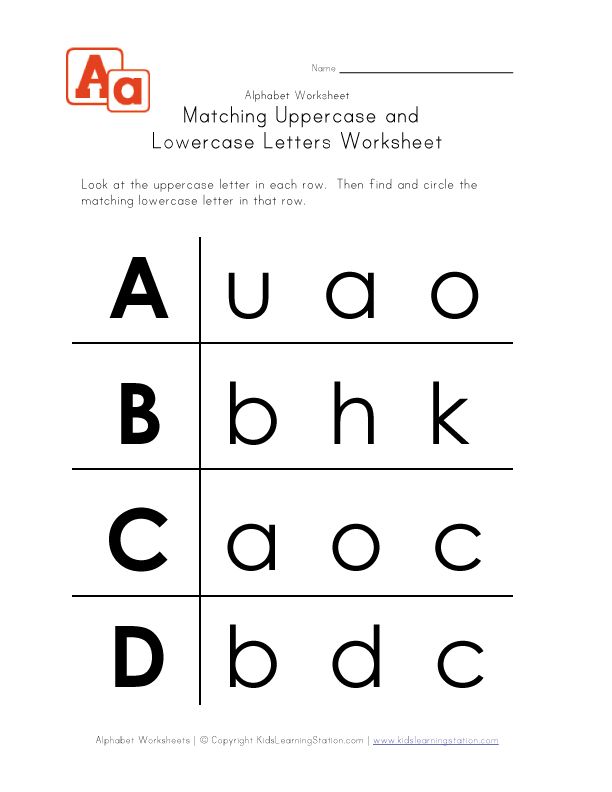 ...
... - What are the names of people, names of cities, rivers, countries that begin with the sound [a] ...
- Match words with one sound [a] ..... with two sounds [a] ...... with three sounds [a]
2. "Recognize the sound." Clap your hands if you hear the sound in the word [a] .
Watermelon, stork, table, bank, Valya, chair, school desk, house, winter, slide, pencil, pen, knife, grove, wasp, rose, perch, school desk, sun, sky, tree, pen, pencil, briefcase , evaluation, bread, album, birch, friend, hoarfrost, hare, rooster, class, frost.3. The game "Curious". Any question answer only words that begin with the sound [a]
- What is your name?….
- What is your last name?….
- Where did you come from?…
- What did you see on the way?
- What did you eat for breakfast today?
- What is your mother's name?….
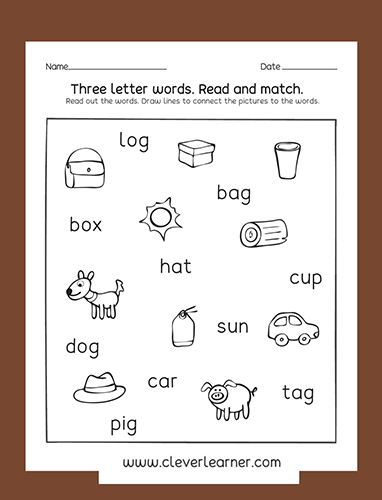
- What gift will you bring to your mother?….
4. Game “Extra Four”
Look at the pictures, name the “extra” object, explain why you think so…
Answer: This is an umbrella, since all other words begin with the sound [a] .
5. Sloves Words
To get you, I do not need oats. Forture me with gasoline,
to the hooves give me rubber,
and then, having raised dust,
will run ... (car)
***
He is kinder than everyone in the world,
He heals sick animals,
And once a hippopotamus
He pulled out of the swamp.
He is famous, famous.
This is a doctor… (Aibolit)
***
Badge letters, like fighters on a parade,
Lined up in a strict order.
Everyone stands in the agreed place,
And everyone is called .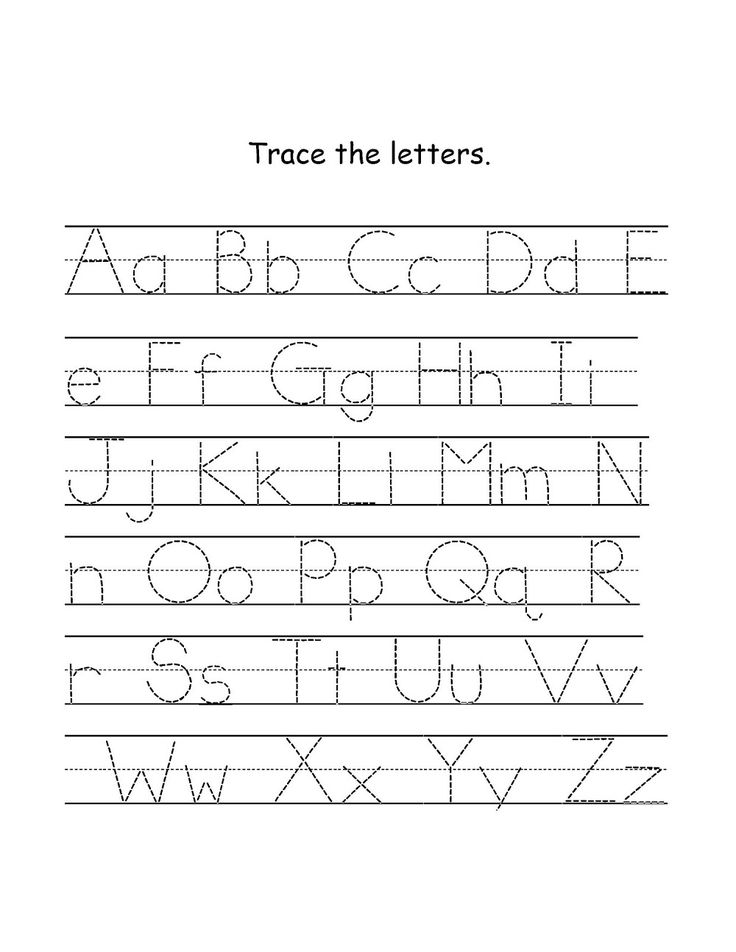 .. (alphabet)
.. (alphabet)
0002
And where did the sound [a] come from? He has a house, he lives there, and this house is called - the letter A .
"A" hut, look, and a bench inside.
A - the beginning of the alphabet,
That's what she is famous for.
And it’s easy to recognize her:
She puts her feet wide ...
Learning to write beautifully
Print and complete the task ...
1.
2. Find the hidden letters A
3 . Identify the letter in the wrong position.
4 .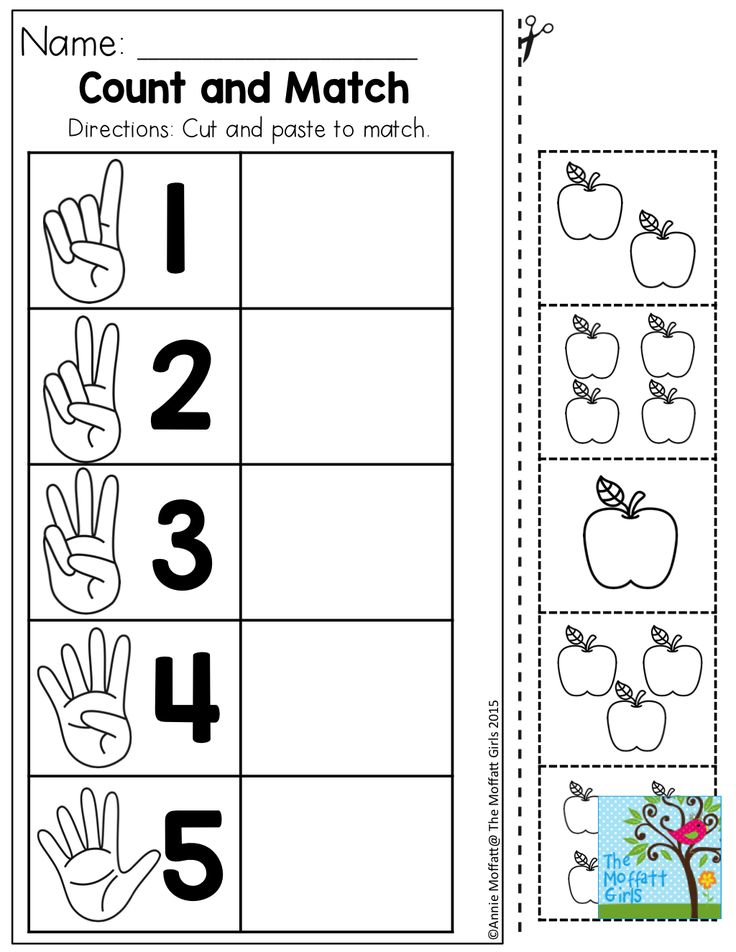 Identify the letter in the wrong position.
Identify the letter in the wrong position.
5. Print and color ...
Do you know why the letter And is the first in the alphabet? Listen to a fairy tale...
There was a terrible noise in the room. All the letters crawled out of the alphabet and argued terribly: why is this A the very first letter of the alphabet?
- Down with the impostor A! - shouted vowels.
- Long live the Abracadabra! (i.e. confusion).
- What is it doing, huh? - hissed hissing.
- The letter with which "angina" and "shark" begins, put at the head of the alphabet!
Wow sh-jokes...
-That's right, the consonants thought silently, it's not for nothing that the most delicious things - watermelon, apricot, pineapple - start with A.
But the letter Y screamed the loudest.
-I don't understand why it's the first A and not Z?
-Because, - said A, who had been silent until now, -that the very first word of every baby begins with A.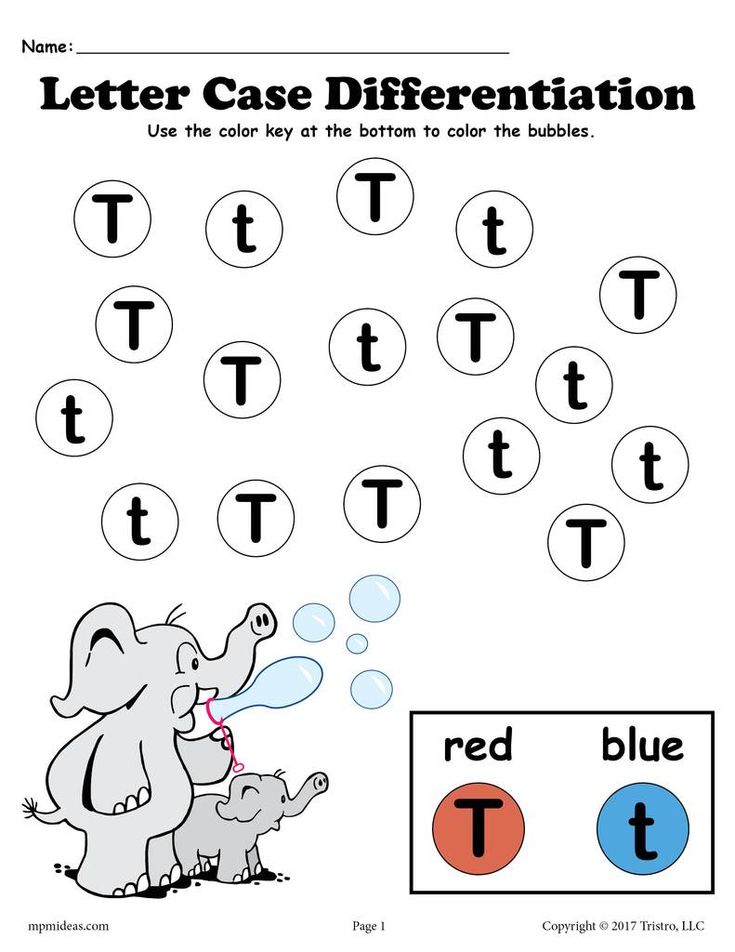
-What kind of word is this? - I did not let up. , I look like an admiral standing on the captain's bridge. And everyone knows that the admiral must always be ahead!
- So! - Said a firm sign. (G.Yudin).
6.
See how the letter "A" is spelled. The letter "A" begins to be written from the lower left corner, rises up to the middle of the square, and then descends to the lower right corner. After that, in the middle of the square, two inclined sticks are connected with a line.
Lost Letter Game
- … kula
- ..sq…room
- …page…
- …ist
- b…r…b…n
- st…k…n
- n…gr…d…
- st…rt
The game "The letter crumbled"
- ARSTA
- AZUBR
- AARM
- AAMM
Game Storm .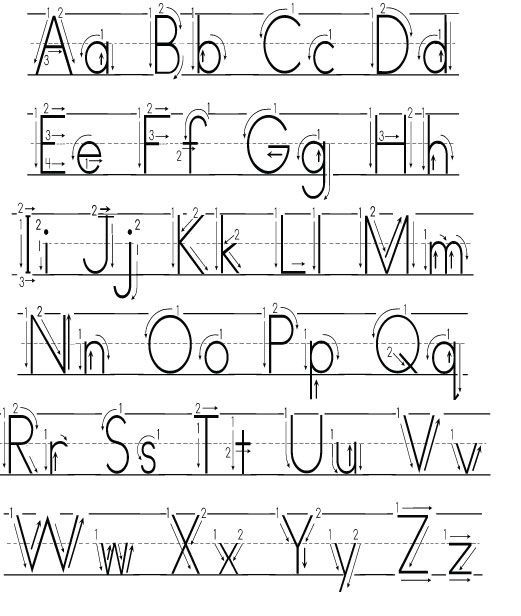 Help put the words in their place.
Help put the words in their place.
A storm broke out. The waves hit the deck of the ship. Everything was messed up, the books were scattered.
Words disappeared from one poem: August, appetite, asters, oranges. Try to put them back.
....hot-hot.
Ah, how stuffy it is in the zoo!
... lost to a pony.
…. wither on the lawn,
But the monkey does not suffer -
.... gobbles up!
Game "Charades"
I played roles on the stage,
I performed in the arena,
The letters, apparently, were joking -
They took them into utensils,
And now in the kitchen I deftly
3 Utensils - interior items, kitchen and tableware.
I am a collection of cards; from stress
Two of my meanings depend:
If you want, I will turn into the name
I am a shiny, silky fabric.
Answers to charades: actor-grater, Atlas - atlas
Dictionary
- lampshade is a cap for a lamp, lamp.
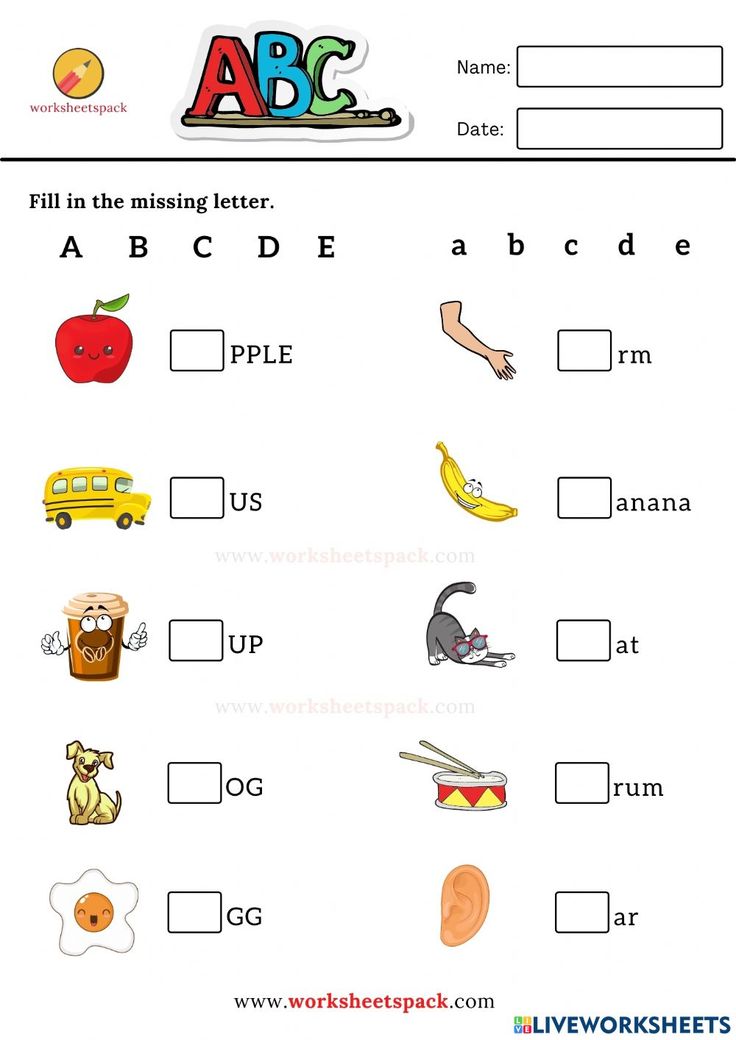
- subscription nt is the right to use something for a certain period (for example, a subscription to an ice rink, a pool, etc.),
- absu rd is nonsense, absurdity
- adventure ra is an adventure
- autobiography fia is a description by a person of the events of his own life.
- author t is the quality of a person when he is very respected by the people around him for his deeds, knowledge, life experience, this is a well-deserved trust.
- accessories р are things that complement the appearance of something well. For example, the phone has a keychain
- accent nt is a technique of emphasizing with color, light, line or location in space of the detail that the viewer's attention should be drawn to.
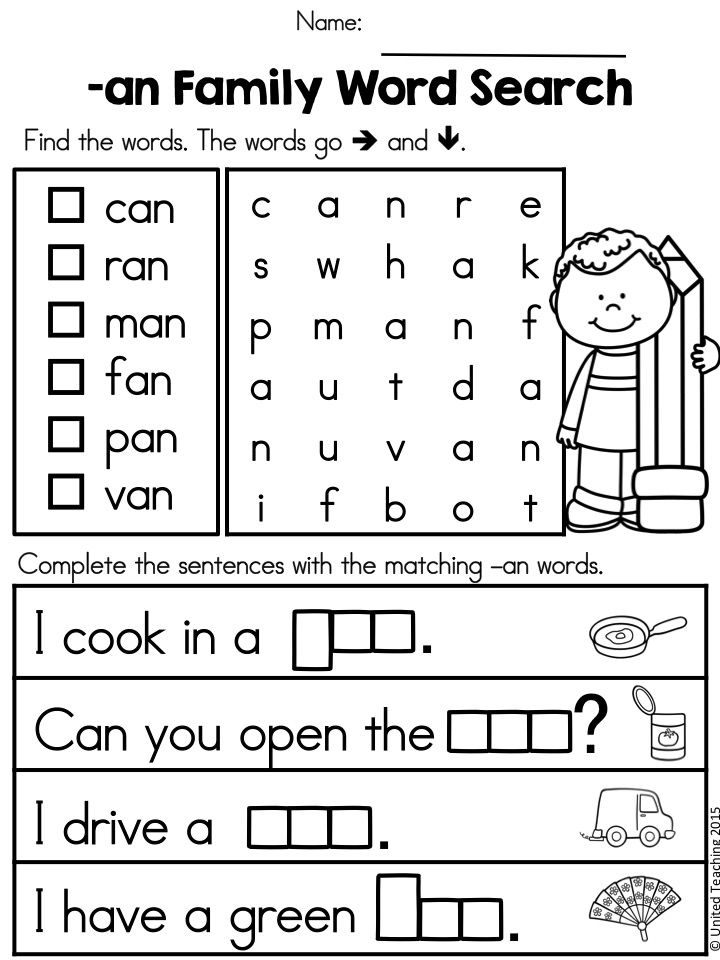 For example, in clothes, the emphasis is on jewelry.
For example, in clothes, the emphasis is on jewelry. - anoma lia is a deviation from the norm. For example, this year there was an abnormal summer, that is, not the same as always.
- full house is a situation when all tickets for a performance, performance, etc. are sold out, and the seats in the hall are filled to capacity.
- argument nt is an argument, proof. For example, give me arguments, that is, evidence.
- poster - is an advertisement, an announcement about an upcoming event that is pasted on the streets.
Popular expressions or phraseological units
- Maybe - act relying on chance. For example, will not learn a poem. Maybe you're lucky, they won't ask.
- Discover America - talk about what everyone has long known.
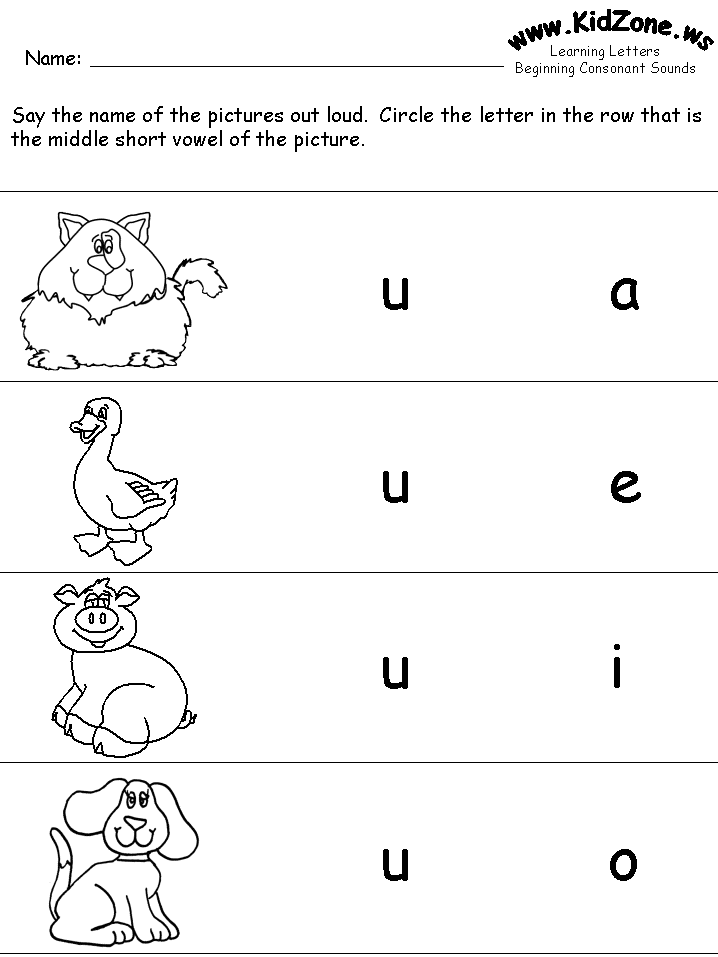 For example, “Did you know that the whale is the largest mammal on Earth.
For example, “Did you know that the whale is the largest mammal on Earth.
Tags: videoInternet lesson Russian language smart video
Teaching children to read
Every parent thinks about the importance and role of reading in the life of their children, who cares about their harmonious, correct and holistic development. But if in some families it’s enough for moms and dads to simply send their child to a kindergarten or school, shifting, but it doesn’t sound loudly, the responsibility on the shoulders of educators and teachers, then in others, caring parents prefer to work with kids on their own.
The information from this course is intended for people of the second category, because those who belong to the first category are unlikely to search the Internet for relevant information. But let's continue.
Despite the great desire to teach your precious child to read as soon as possible, this process should be approached with maximum attention and caution, because there are subtleties and nuances that simply cannot be ignored.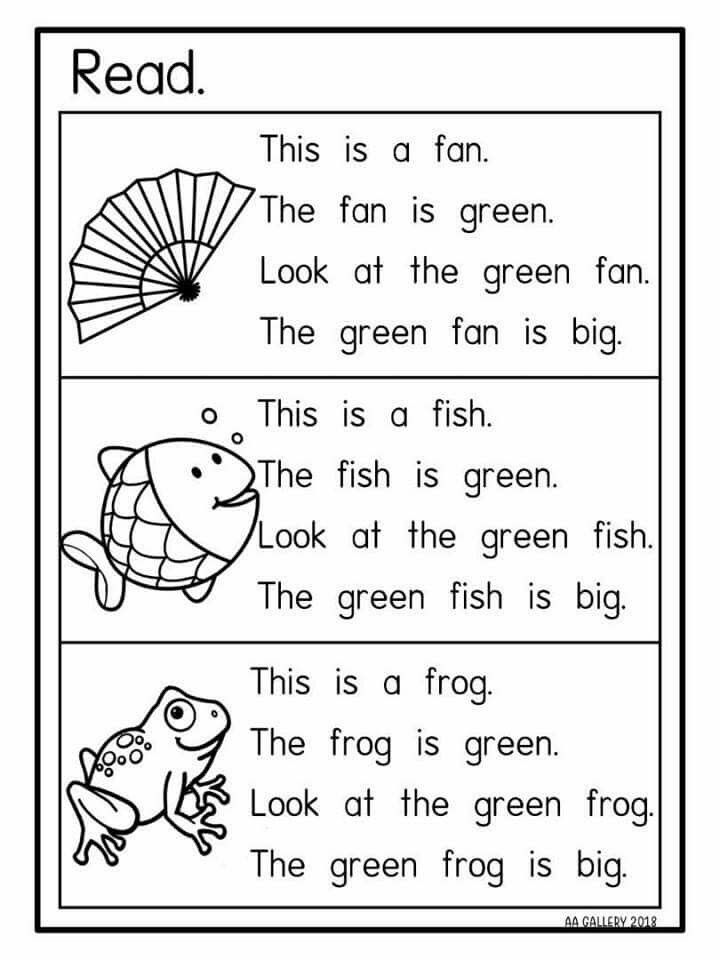 The fact is that contrary to popular belief that the sooner you start learning the basics of reading with your child, the better, many specialists (neurologists, child psychologists, etc.) are convinced that this can lead to negative consequences in the future. For example, early learning to read with the accompanying premature stress on the visual apparatus often causes myopia and other vision problems.
The fact is that contrary to popular belief that the sooner you start learning the basics of reading with your child, the better, many specialists (neurologists, child psychologists, etc.) are convinced that this can lead to negative consequences in the future. For example, early learning to read with the accompanying premature stress on the visual apparatus often causes myopia and other vision problems.
Thus, it is very important to know at least the basic features of the formation of the child's body, when to start teaching children to read and how their readiness for this process is determined, as well as to adhere to the basic relevant rules. These fundamental questions will be considered by us in the first lesson.
Contents:
- How a child is formed. General information
- When can I start teaching a child to read
- A few words about the correct teaching of reading
- Basic rules for teaching a child to read
- Some additional recommendations
- Quotes from famous people about being able to read
How a child is formed.
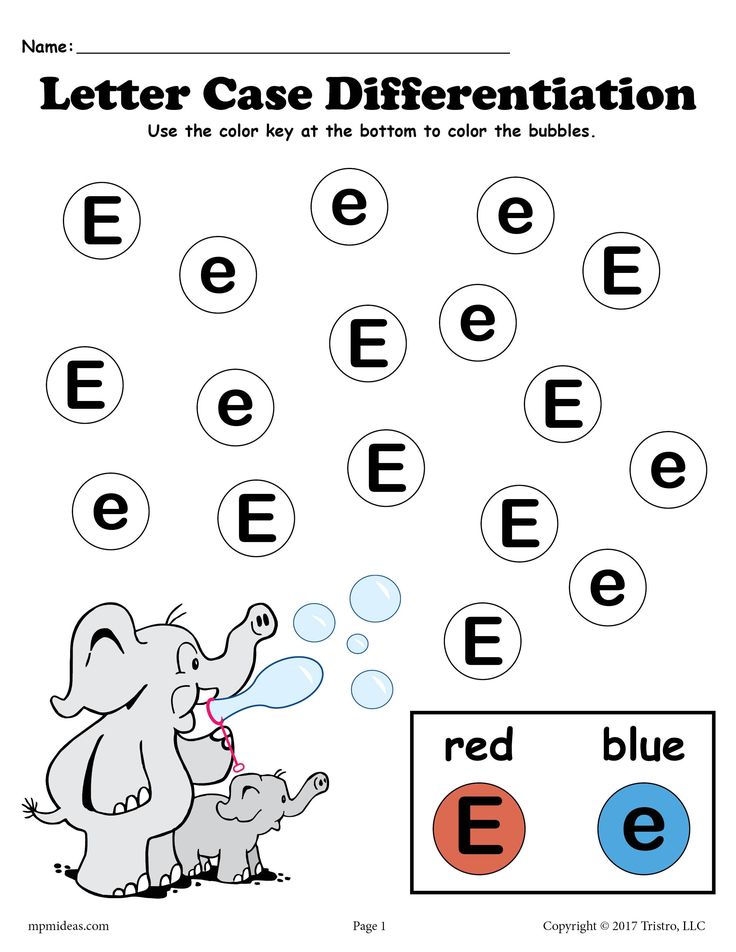 General information
General information Here, as it should be understood, we will present only general information, because it will be sufficient.
So, starting from the early stages of pregnancy and ending with the age of three, the first functional block of the baby's brain is formed, which is responsible for his bodily, cognitive and emotional perception.
From three to five or eight years of age, the formation of the second functional block of the brain takes place, which controls the five senses - touch, taste, smell, hearing and vision.
It should be borne in mind that the formation of the functional blocks of the brain is a sequential process. Any attempt by a parent to “skip” any stage negatively affects the development of the child, which is inherent in nature, because. unnatural "adjustments" are made to it. The insidiousness of the consequences lies in the fact that, quite likely, they will not affect immediately, but after years. Subsequently, an already matured child may have problems that are expressed not only in speech disorders, neuroses, motor failures, etc.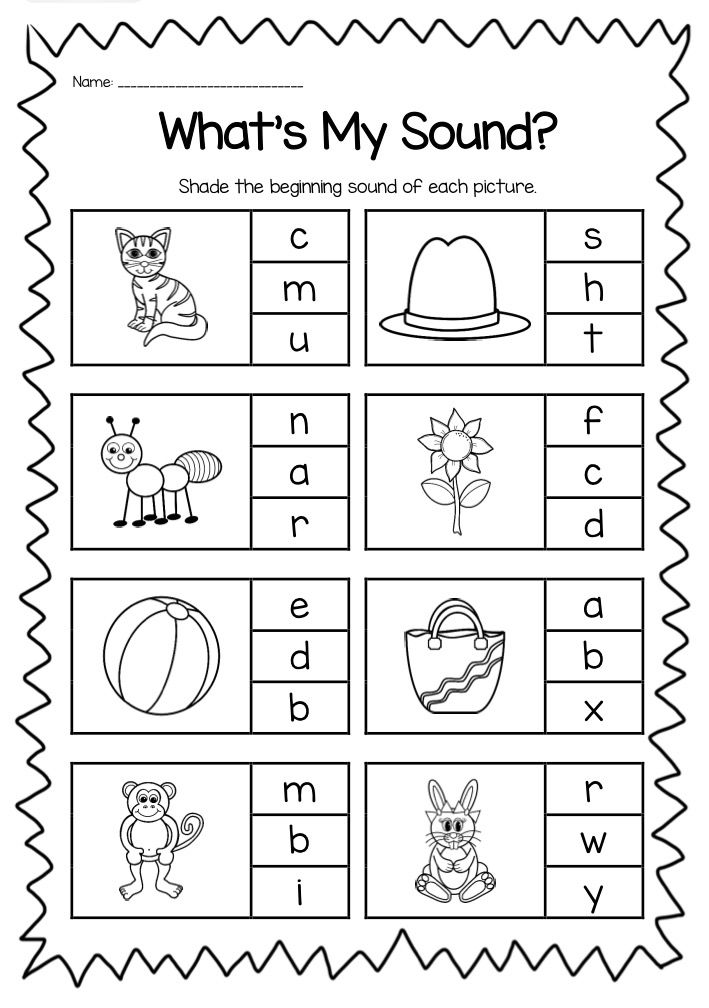 , but also in difficulties in relationships with people around them.
, but also in difficulties in relationships with people around them.
Based on this, it is necessary to start teaching a child to read at a certain time.
When to start teaching a child to read
There are several opinions on when to start teaching a child to read. Some experts believe that it is possible to start certain work, for example, showing Doman cards (we will talk about them and other methods in the second lesson), already after the baby reaches six months of age, while others believe that it is best to start at 3-4 years old , and from the primer. However, all teachers agree on one thing: no teaching of reading is completely unacceptable and impossible until the child has mastered speech skills. If, somewhere around the age of 3-4, the baby begins to take an active interest in books, it is not only possible, but also necessary, to start learning to read.
It is also worth noting that if you show restlessness and indifference to printed materials before learning, you should understand how to arouse the child's interest in reading.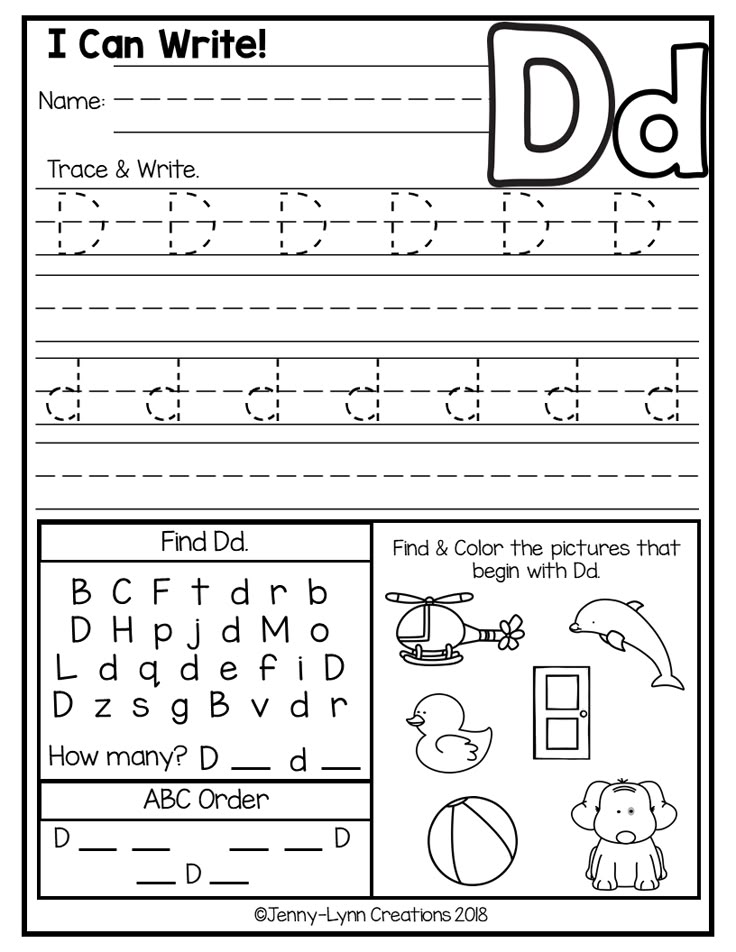 We will touch on this issue in more detail in a separate lesson, but nevertheless we will say that an incredible selection of books will help parents solve this problem, which, in addition to brightness and colorfulness, have many moving elements and even sound accompaniment. Thanks to this, reading becomes not only an interesting activity for children, but also an exciting game. At the initial stage, any book serves not so much as a source of knowledge, but as a way to get involved in the very process of reading.
We will touch on this issue in more detail in a separate lesson, but nevertheless we will say that an incredible selection of books will help parents solve this problem, which, in addition to brightness and colorfulness, have many moving elements and even sound accompaniment. Thanks to this, reading becomes not only an interesting activity for children, but also an exciting game. At the initial stage, any book serves not so much as a source of knowledge, but as a way to get involved in the very process of reading.
Continuing the conversation about the readiness of the child to read, it can be determined by several signs:
- Firstly, the child has already formed speech, and he is able to pronounce words and sentences, as well as compose at least small coherent stories
- Secondly, the child has no speech therapy disorders, and this applies to both incorrect pronunciation and violations of melody and tempo and rhythm of speech
- Thirdly, the baby is able to navigate normally in space, and does not confuse the concepts of “right”, “left”, “down” and “up”
- Fourthly, the child has a sufficiently developed phonemic hearing, i.
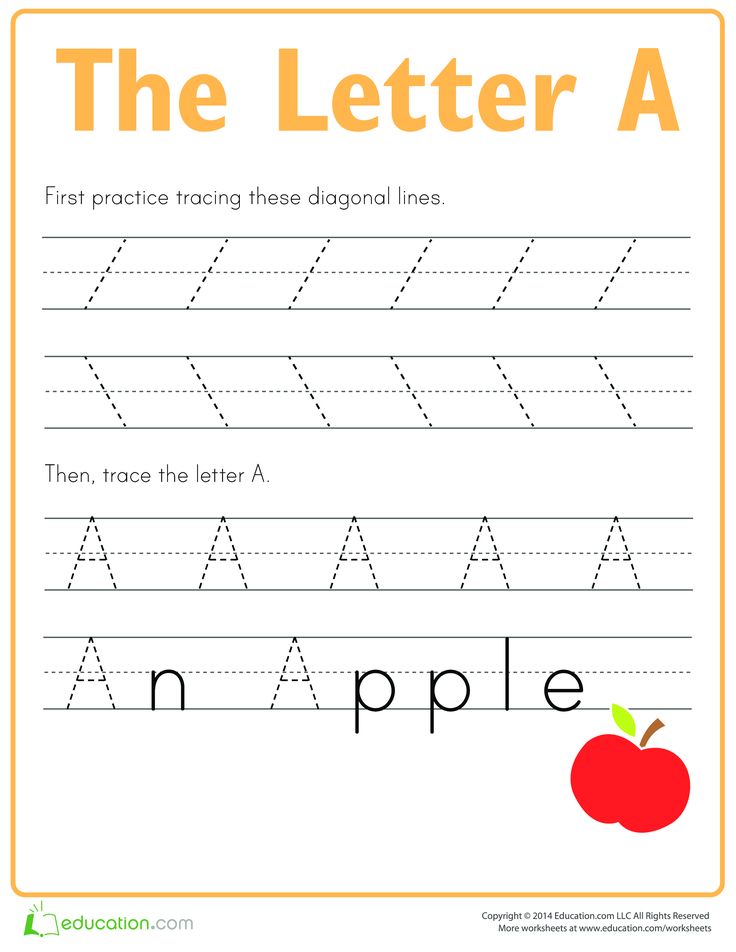 it can easily recognize sounds in different parts of words
it can easily recognize sounds in different parts of words
If there are problems with any of the above, you should take up their elimination - take some time to work out the difficult moments, visit a speech therapist, neuropathologist, etc. If everything is in order (or after fixing the problems), you can proceed to learning to read.
A few words about the correct teaching of reading
The presented question excites, perhaps, every parent. And the first answer to it will be the traditional method, which boils down to daily monotonous reading of the primer. But this option is not very effective, because almost always the child gets bored, he quickly gets tired and tired. Plus, he does not learn to read thoughtfully at all. Of course, the baby will learn some skills and knowledge, but it is a stretch to call it a good way of sensory-emotional development, knowledge of the world around him and his place in it. In order for the process to become exciting and creative, so that it arouses interest in the child, so that the reading skill is mastered effectively, you need to use other methods (we devoted separate lessons of our course to such methods, and for now we will not focus on them).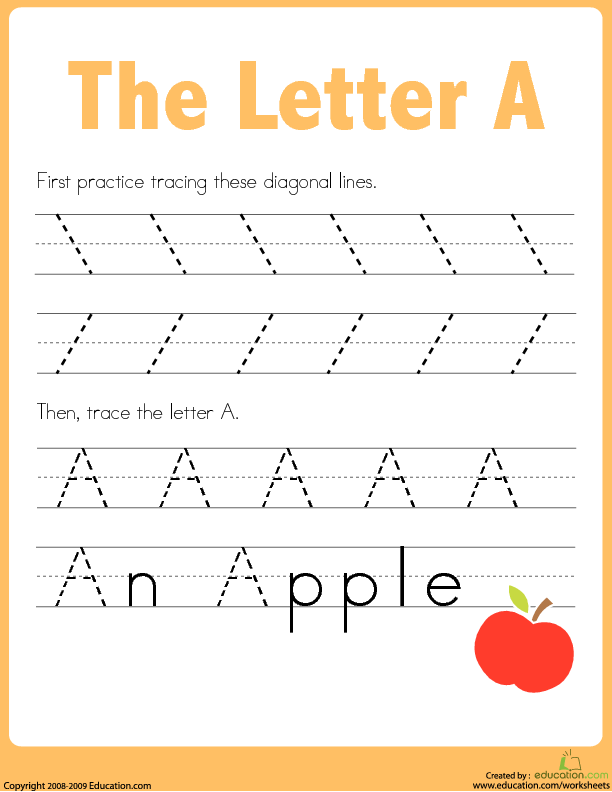
Before you start learning to read and apply any methods, it is imperative to learn the basic rules that you should rely on in your work. They can be called the basis of the whole process. Although slight deviations are allowed, it is still recommended to adhere to all the rules, otherwise the reading skill will be mastered by the child less effectively, which in no case should be allowed.
Basic Rules for Teaching Your Child to Read
So, if you want to help your child learn such an important skill as reading, follow these rules:
1
Do not force
Remember that you cannot force a child to read, and any such strategy is wrong, wrong and ineffective in advance. To make the child want to read and begin to show interest in books, just surround him with them. So, you can arrange books around the house - on shelves, tables and other easily accessible places. In addition, you yourself need to pick up books and read something interesting to your son or daughter.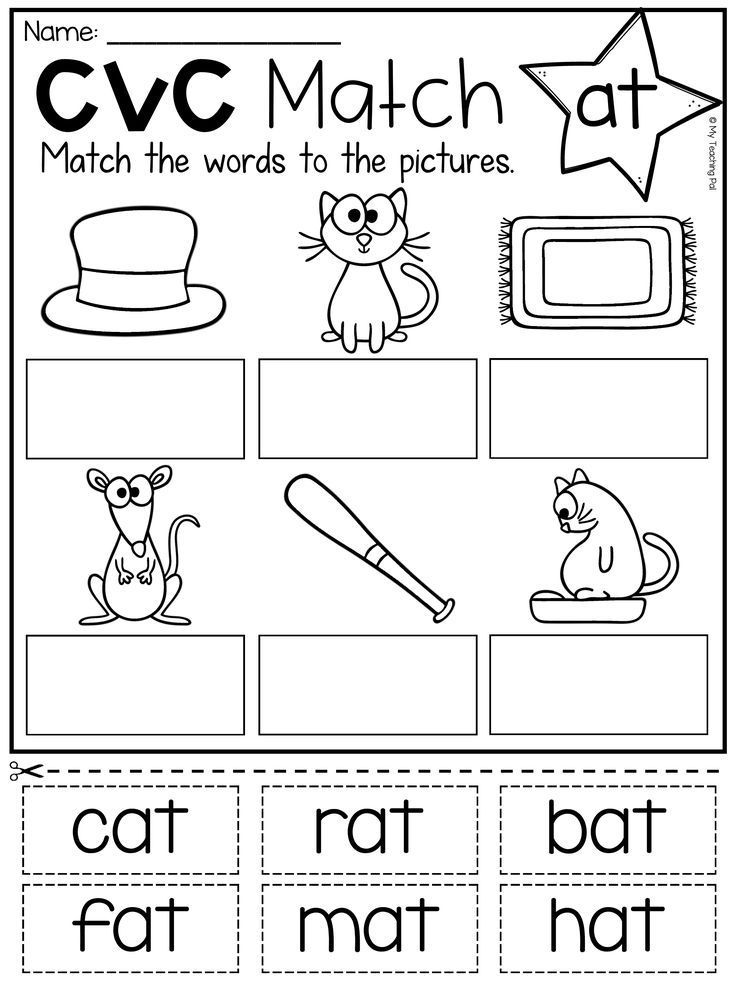 You also need to read for yourself so that the child can see you with a book. Given that children strive to be like their moms and dads, your child will most likely ask what you are doing, or pick up a book himself.
You also need to read for yourself so that the child can see you with a book. Given that children strive to be like their moms and dads, your child will most likely ask what you are doing, or pick up a book himself.
2
First the sounds, then the letters
Many parents make a big mistake by first explaining the pronunciation of the letters to the baby, and only then the sounds. It is necessary to do the opposite: first of all, it is important to tell what sound this or that letter in the word has, and only then - how it is pronounced by itself. Those. initially explain that the letter "er" in the word sounds like "r", "en" - like "n", "em" - like "m", etc. And after that, teach that “er” is “er”, “en” is “en”, “em” is “em”, etc.
3
Learning not letters, but syllables
It must be understood that syllables, and in some cases even whole words, are assimilated by children much better than many single boring letters. Therefore, the letters must be shown in whole words.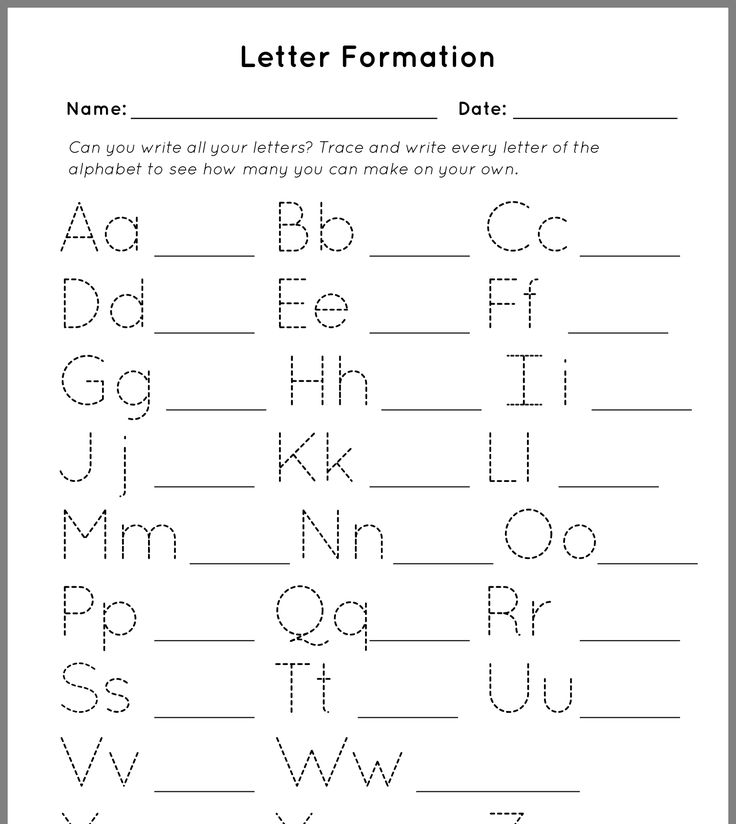 As an auxiliary material, you can use specially printed cards with syllables, with the help of which it is convenient to teach the baby to read by syllables and make words.
As an auxiliary material, you can use specially printed cards with syllables, with the help of which it is convenient to teach the baby to read by syllables and make words.
4
Repetition
The frequency of repetition of the material studied with the child depends on how well he will remember and assimilate it. However, there is one trick here - many kids do not really like it when they are satisfied with checks and tests, and therefore repetition as a teaching method must be presented in the form of a game.
5
First simple, then complex
As we said, initially it is most effective to teach a child to pronounce sounds, and only then complicate the process - move on to reading by syllables and combining syllables into words. All information should be provided in a dosed and step-by-step manner so that there is no “porridge” from the knowledge gained in the child’s head.
6
Learn simple words
Learning to read should always start with simple words where letters are repeated, for example, the words "mother", "woman", "dad", "uncle", etc.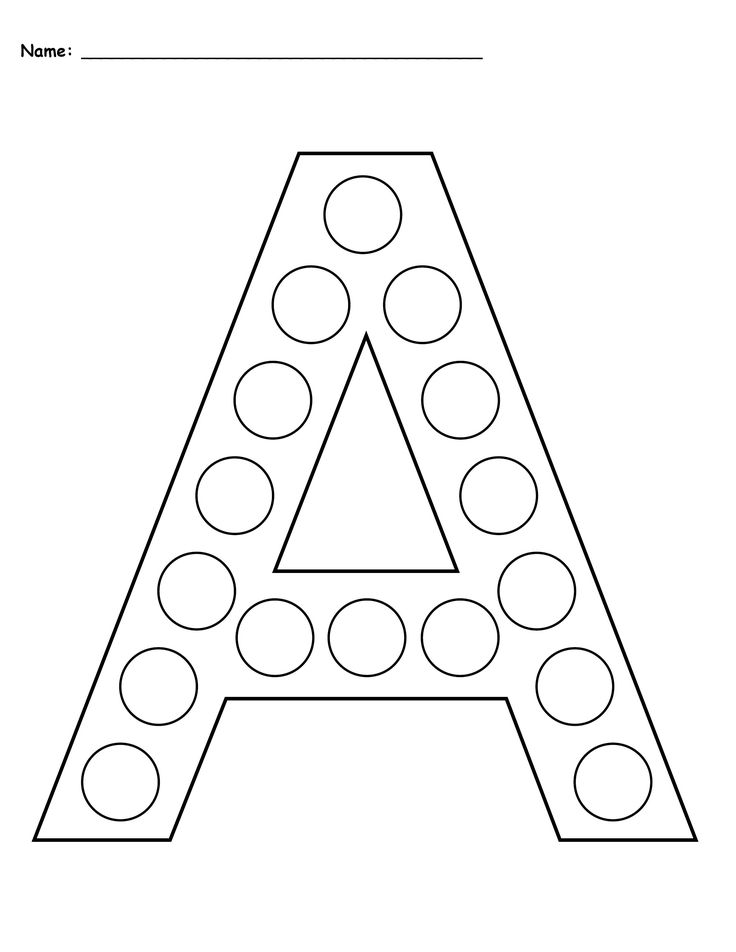 After that, it is allowed to move on to learning words, where a letter is added to the syllable, for example, “bass”, “cat”, “house”, “poppy”, “lacquer”, etc. And having already mastered such material, you can begin to engage in elementary sentences, such as “mother washed Mila”, “Kolya pricks stakes”, etc. As for the letters "y", "b" and "b", it is better to leave them in the end.
After that, it is allowed to move on to learning words, where a letter is added to the syllable, for example, “bass”, “cat”, “house”, “poppy”, “lacquer”, etc. And having already mastered such material, you can begin to engage in elementary sentences, such as “mother washed Mila”, “Kolya pricks stakes”, etc. As for the letters "y", "b" and "b", it is better to leave them in the end.
7
Learn anytime, anywhere
No matter what you and your baby are doing at the moment: walking, shopping, standing at a bus stop or having a snack in a cafe - you can read anywhere and anytime. Almost everywhere there are signs, advertising posters, signs with the names of shops, streets, stops, etc. Use it to your advantage and your child, and let him read everything you show him.
8
Play
Teaching a child to read, as well as any other skill, should take place in a playful way. Come up with your own games where you need to know the sounds, letters and syllables. For example, you can ask your child to look for specific letters in words and pronounce them. You can also buy home letters on magnets and make words on a special board or refrigerator. And another game will help develop mindfulness - take letters on magnets or cubes, make a series of letters where all but one are consonants, and let your baby find a vowel.
For example, you can ask your child to look for specific letters in words and pronounce them. You can also buy home letters on magnets and make words on a special board or refrigerator. And another game will help develop mindfulness - take letters on magnets or cubes, make a series of letters where all but one are consonants, and let your baby find a vowel.
9
Arouse interest
To make your child learn to read better and easier, you need to get him interested in it. And for this it is very good to show that reading is necessary for a full life among other people. Therefore, clearly demonstrate to the baby the importance of this skill - show him letters, postcards, notes, tablets, write notes so that he reads them. Over time, the child himself realizes that learning to read is simply necessary.
10
Read aloud
Reading aloud, and even for a while, is considered a very effective way of teaching a child to read quickly. But you need to apply it, of course, when the baby has already mastered some skills.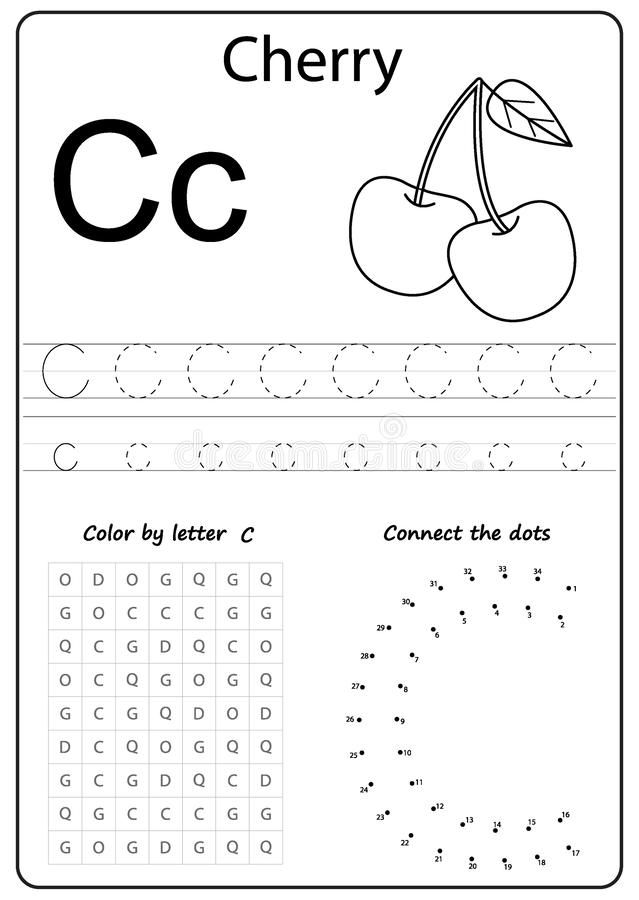 Based on what your child has already learned, make up your tasks and give them to him to complete, marking, for example, a minute. By the way, the so-called “Reader's Diary” will help a lot here, where you will record the progress of your baby. And so that he completes the tasks with enthusiasm, after every hundred words you read, give him some nice little thing.
Based on what your child has already learned, make up your tasks and give them to him to complete, marking, for example, a minute. By the way, the so-called “Reader's Diary” will help a lot here, where you will record the progress of your baby. And so that he completes the tasks with enthusiasm, after every hundred words you read, give him some nice little thing.
11
Read with a bookmark
Read with a bookmark is another rule for improving reading skills. You need to use a bookmark here, as usual, with the only difference being that it should not close the bottom line, but the words read. So you will help your baby not get confused in a large number of words and focus on a new word.
12
Regularity of classes
We have already talked about repetition, so just add that you need to read regularly and systematically. In other words, you need to pay attention to mastering the reading skill every day, even if it takes only 5-10 minutes. But what is even more important is not to abandon classes, even when it starts to seem that the baby is already reading well.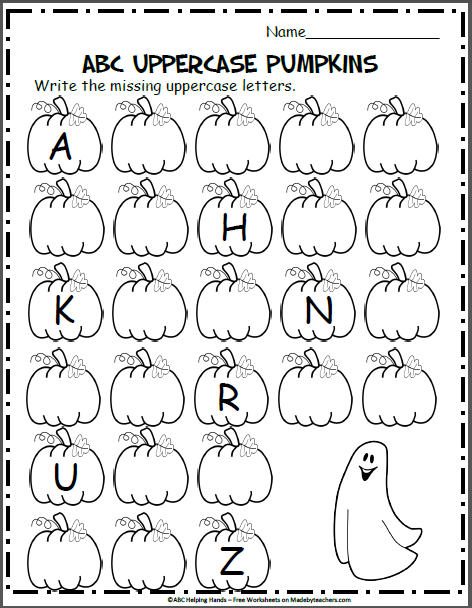
To conclude the first lesson, we would like to supplement the above rules with a few more tips that will help you teach your child to read faster and better.
A few additional tips
Your child will learn to read more successfully if you follow this list of tips:
- Be sure to get a primer or alphabet. In the future, this literature will always evoke in the child associations with pleasant learning. It is best if the books are supplemented with drawings
- If you study letters, then start with vowels, because you can sing them using your favorite melodies, and this is useful, fun and interesting. It is very good if the classes are accompanied by modeling from plasticine or coloring pictures. This will teach the baby to identify letters and understand them
- You need to study consonants only after vowels. And do not forget that you first need to explain to the child how the letter in the word is pronounced, and only then - how it sounds on its own
- To increase the effectiveness of learning, it is useful to compose fairy tales about letters so that acquaintance with them is more interesting for the baby.
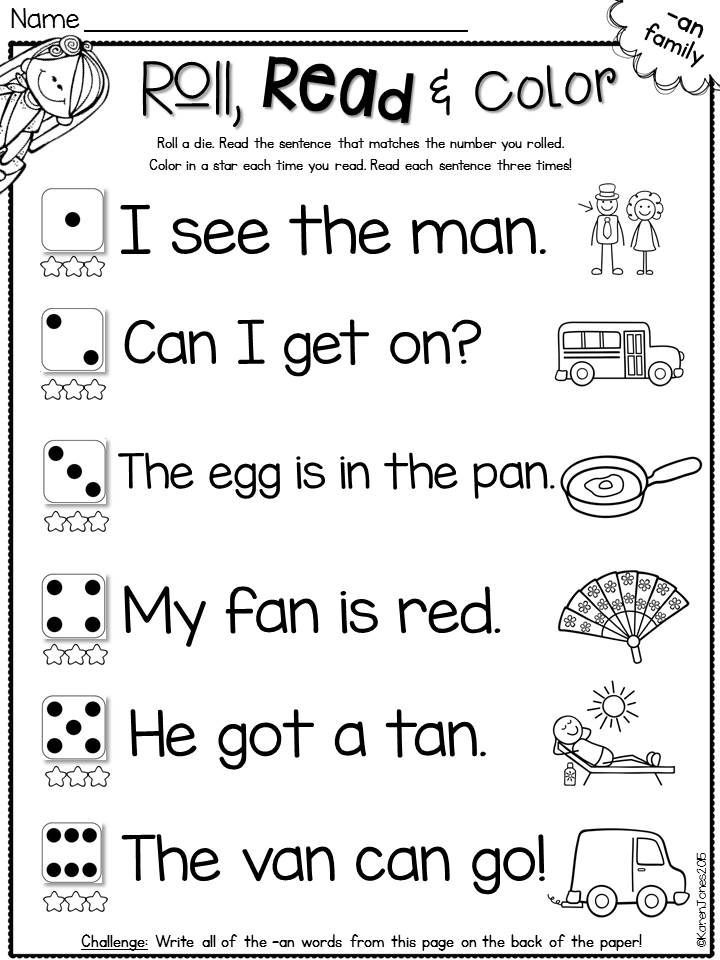 For example, once upon a time there was a cheerful letter "U". And one day she climbed a hill, and how she rolled down from it, fervently shouting “Uuh!”. By analogy, make up short stories for each letter
For example, once upon a time there was a cheerful letter "U". And one day she climbed a hill, and how she rolled down from it, fervently shouting “Uuh!”. By analogy, make up short stories for each letter - Do not neglect creative materials in the learning process. Remember that a child learns the world through sensory perception, which means that he definitely needs to try and touch everything. Cutting out letters from cardboard, sculpting letters from plasticine, baking cookies in the shape of letters, etc. can come up. An experience like this will forever be imprinted in your child's memory
- Most effective are short sessions of 10-15 minutes several (3 to 5) times a day. Stick to this system, and your baby will not only not get tired, but will also look forward to each lesson
- And, finally, the most important rule in any interaction with a child is benevolence and patience towards the baby. Never allow yourself to lose your temper, raise your voice, and even more so insult the little man.
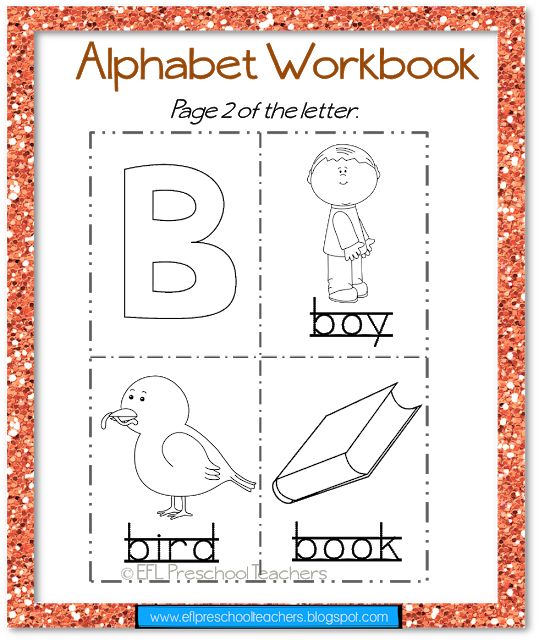 Otherwise, all activities will be of no use, and even the child’s attitude towards you may not be the best.
Otherwise, all activities will be of no use, and even the child’s attitude towards you may not be the best.
Approach teaching your child to read with love and intelligence, and the first results will not be long in coming. And in the next lesson, we will talk about the most popular methods for teaching children to read today, and also briefly talk about what we based on when creating the presented course.
Lesson 1. The most popular methods of teaching children to read
Almost every one of us today can remember the famous blue primer with which he learned to read. But time passes, and the presented tool loses its relevance, giving way to special methods of teaching children to read. Today, there are many such methods, but we will tell you about the most popular ones, as well as point out their main advantages and disadvantages, if any. Of course, we will say a few words about the primer, as well as introduce the benefits of practical methods for teaching children to read, collected in this course by the 4Brain team.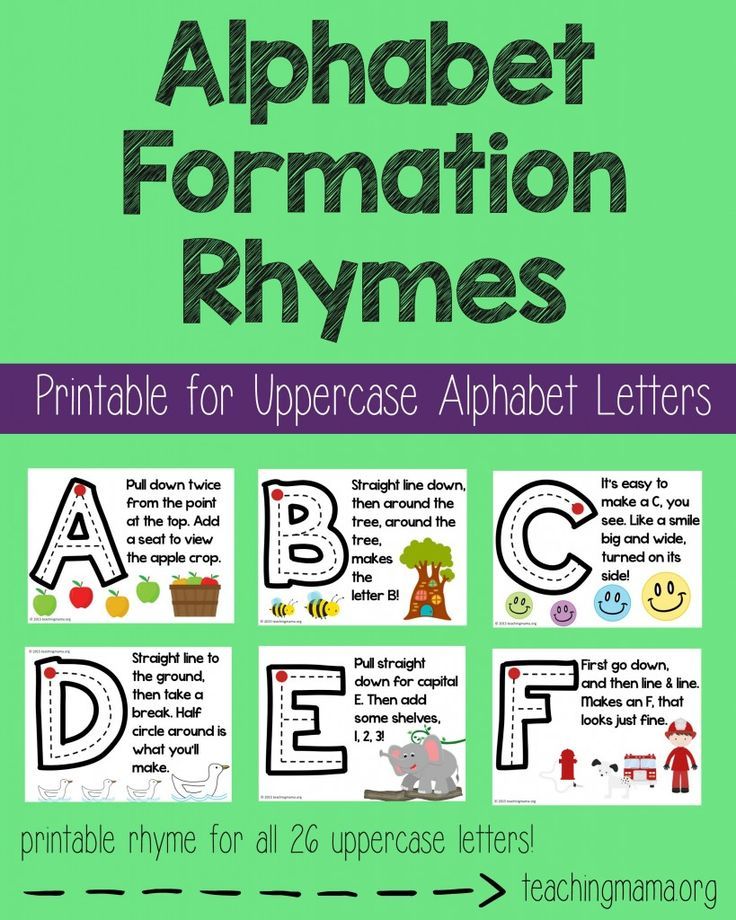 But, as is customary with us, everything is in order.
But, as is customary with us, everything is in order.
To begin with, it will not be superfluous to note once again that it is recommended to teach children to read not earlier than 4-5 years old, but there are cases when children begin to master this skill earlier (we talked about indicators of readiness of kids for reading in the first lesson). The author's methods, which we will talk about, are designed for early, i.e. primary education for children.
Lesson 2. The most important points in teaching children to read. An easy way to teach your child to read
In the previous two lessons, we looked at the basics of teaching children to read and got acquainted with the most popular methods on this topic. But the theoretical aspects do not end there, because teaching a child to read is not an easy task. Naturally, we will not load you with theory, otherwise the course will simply be of no use, but nevertheless we will allow ourselves to touch on a few more issues of a similar nature.
If you want to make your child's reading education as effective as possible, you should pay attention to a number of specific nuances, which we will discuss below. We also note that the recommendations we offer have been tested in practice by many parents and have shown their effectiveness on many generations of children. Despite this, they are extremely simple, and it will not be difficult for you to follow them. Plus, this information will help you avoid the most common mistakes. And this means that your baby will very soon distinguish between letters, syllables and words, memorize them and pronounce them correctly.
Lesson 3. Preparing for reading for the little ones. Age features. First books. Methods and recommendations
Remember, just recently you thought about how to help your baby solve his first "baby" difficulties - to master a rattle, teach him to eat, go to the potty. But time flies, and now it's time for the baby to master the first skills that will be useful to him in adulthood.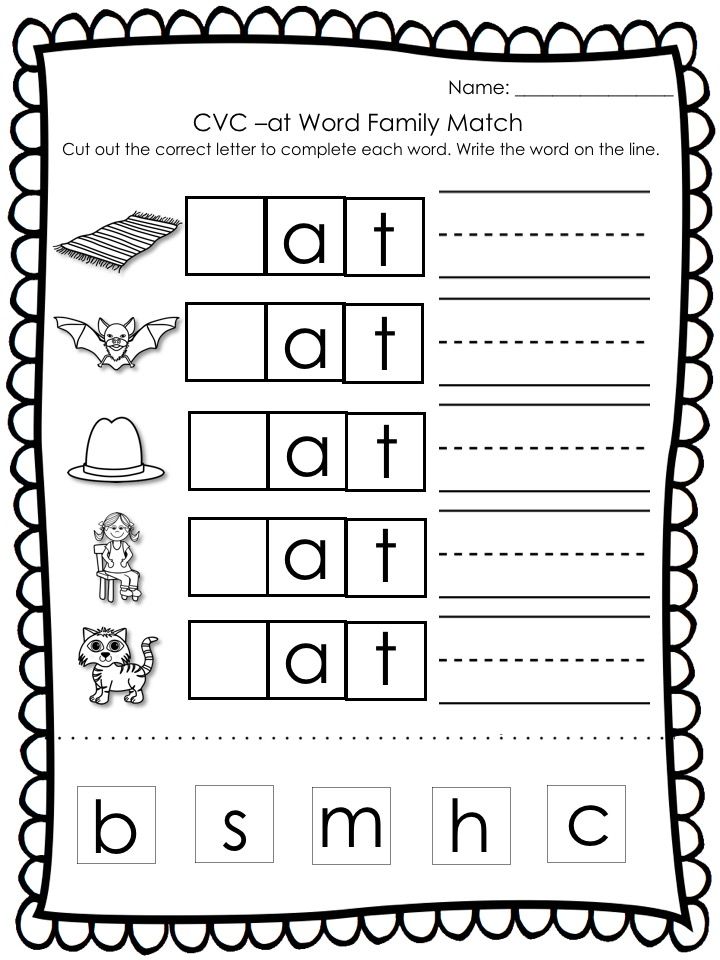 And one of them is reading. Preparation for the process of learning to read is very important, because. only with a competent integrated approach, success in this difficult, but very interesting business will be guaranteed.
And one of them is reading. Preparation for the process of learning to read is very important, because. only with a competent integrated approach, success in this difficult, but very interesting business will be guaranteed.
To begin with, let's once again touch on the age characteristics, namely: consider what is special in the period from 3 to 7 years with a child, because the methods that need to be used for learning and the subtleties of preparation depend on this.
Lesson 4. Learning the alphabet
One of the foundations of reading at all times was the knowledge of the alphabet. As it should be assumed, there are many methods for studying the variety of letters in the Russian language, but not all of them are effective. In addition, when teaching a child, it is always necessary to focus on the psychological and physiological characteristics. Of particular importance in the development of the alphabet is the age aspect.
We have already mentioned that in 99% of cases the characteristics of babies are such that it is quite difficult for them to concentrate.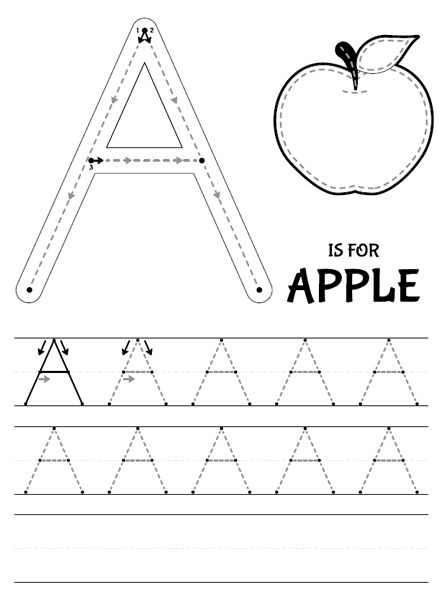 For this reason, it makes no sense to purposefully study the alphabet at the age of 1-2 years (meaning just such a study that will come in handy in the future, but of course you can prepare for reading), and teachers advise starting this from the age of three. Although always and everywhere one should rely on the individual characteristics of a particular child, and not try to find any age limits. Next, we will talk about learning the alphabet for children of different ages.
For this reason, it makes no sense to purposefully study the alphabet at the age of 1-2 years (meaning just such a study that will come in handy in the future, but of course you can prepare for reading), and teachers advise starting this from the age of three. Although always and everywhere one should rely on the individual characteristics of a particular child, and not try to find any age limits. Next, we will talk about learning the alphabet for children of different ages.
Lesson 5. Reading by syllables
After the child has mastered the alphabet, and you are sure that from now on the information about the letters of the Russian language is firmly established in his head, it's time to move on to the study of syllables. This lesson is dedicated to this topic.
Here are practical tips to help you teach your toddler to read by syllables, as well as some homework lessons to improve reading skills and abilities. Let's start with recommendations.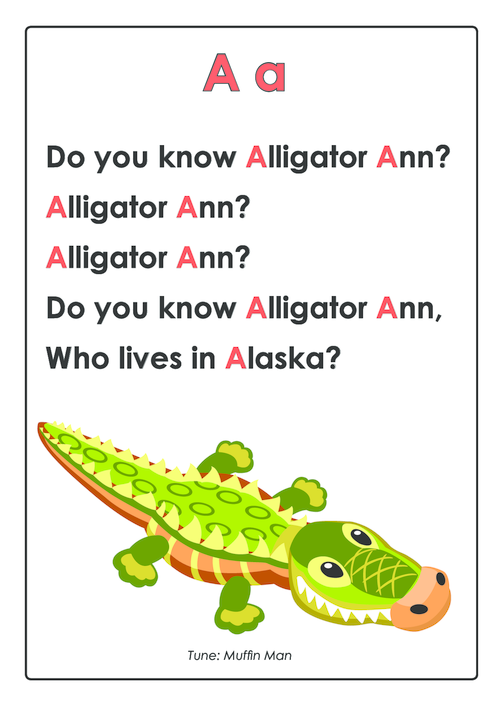
Lesson 6. Reading whole words
After completing the lessons, the child can confidently read the words, but they sound like this: “ko-te-nok”, “so-ba-ka”, “ig-rush- ka", "ki-no", etc. In other words, the baby reads the words, but reads them syllable by syllable. This is quite normal, but you definitely need to work on it, because. only when the child reads the words and sentences completely and without hesitation can we say that he really learned to read. In addition, at the same time as learning to read words in their entirety, children must learn to understand the meaning of what they read. We will talk about these topics in the presented lesson.
But first, let's clarify a few very important points for ourselves - when a child learns to read words in its entirety, it is necessary:
Lesson 7. Speed reading
The ability to read is one of the most important and necessary skills for a person in life.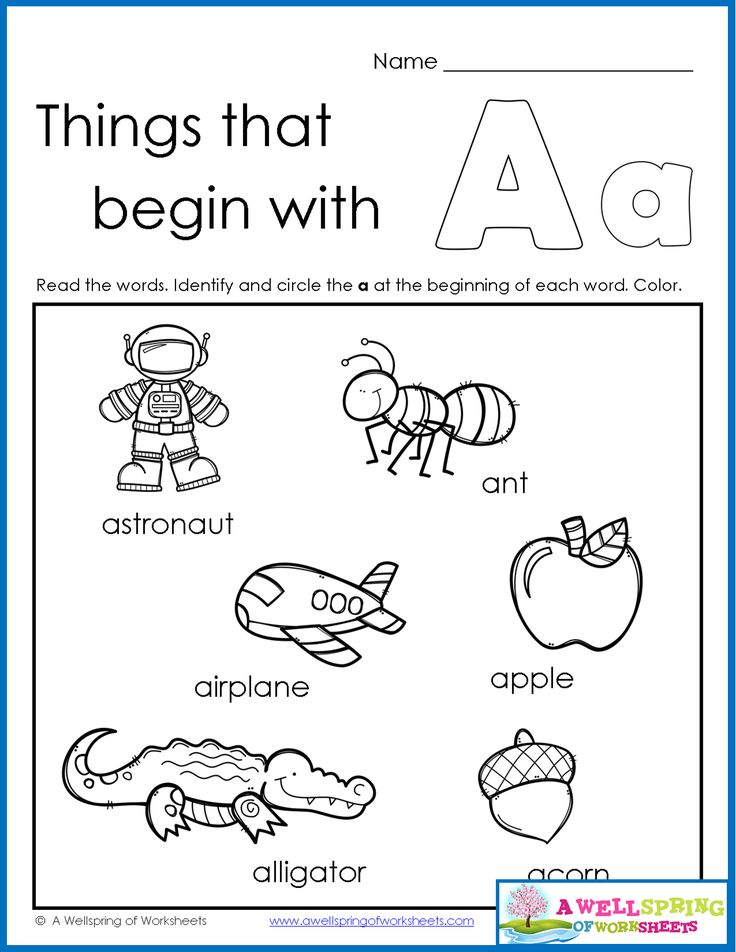 And this is most clearly expressed when the child begins to go to school. The speed and quality of perception of information, as well as the success of the entire learning process in general, depends on the ability to read. If the child is able to read with difficulty, he will study, write down and assimilate the material very slowly, and this, in turn, will affect academic performance.
And this is most clearly expressed when the child begins to go to school. The speed and quality of perception of information, as well as the success of the entire learning process in general, depends on the ability to read. If the child is able to read with difficulty, he will study, write down and assimilate the material very slowly, and this, in turn, will affect academic performance.
For these and many other similar reasons, every parent who cares about his child and his success in life should not only help him learn to read, but do it as efficiently and competently as possible. In a slightly different way, he is obliged to teach the child to read correctly, meaningfully and quickly. And in our today's lesson, we will present a number of techniques and exercises that will help you achieve this result.
Lesson 8. How to make a child fall in love with reading
Enough has already been said about the meaning of reading and the boundaries it opens.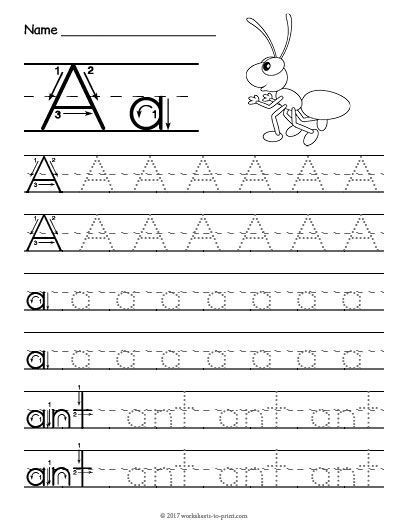 We only recall that people who love to read have a much better chance of success in life. And according to some psychological research, well-read children perform better in school and are significantly more likely to receive a higher education than children who do not like to read.
We only recall that people who love to read have a much better chance of success in life. And according to some psychological research, well-read children perform better in school and are significantly more likely to receive a higher education than children who do not like to read.
But how can a child be able to read and love this activity? How do you get him to pick up a book and spend time with it instead of spending countless hours on social media or playing games on his tablet?
Lesson 9. Teaching children to read in foreign languages
Teaching a child to read Russian is one thing. This, of course, is necessary; without it, as they say, nowhere. But at present, more and more often there is a need for a person to also know a foreign language, and, of course, this implies the ability to read in this language.
In the final lesson, we will look at the basics of teaching children to read in foreign languages, and as an example, as you might guess, we use English.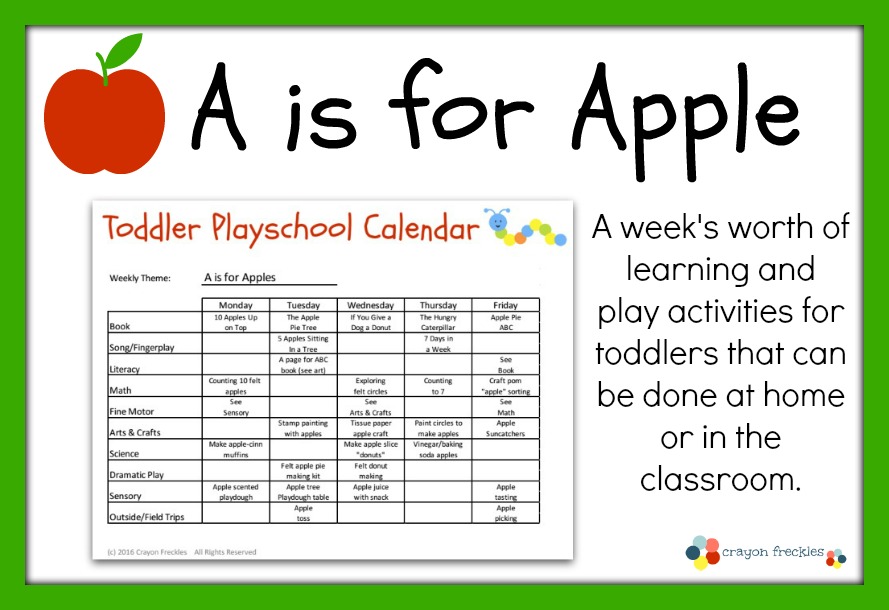 First, it is an international language, i.e. it can be useful in life to any person, and secondly, its relevance is due to the widespread use of computer technology. That is why, by the way, today it is increasingly being taught in schools from the first grade.
First, it is an international language, i.e. it can be useful in life to any person, and secondly, its relevance is due to the widespread use of computer technology. That is why, by the way, today it is increasingly being taught in schools from the first grade.
And before moving on to the main part of the course, let's think a little about why being able to read and teaching your children to read is so important.
Reading quotes from famous people
To conclude this introductory lesson, here are some inspiring quotes from famous people about reading:
Reading is the best teaching!
Alexander Sergeevich Pushkin
Reading is to the mind what exercise is to the body.
Joseph Addison
People stop thinking when they stop reading.
Denis Diderot
Reading is an idle creative labor.
